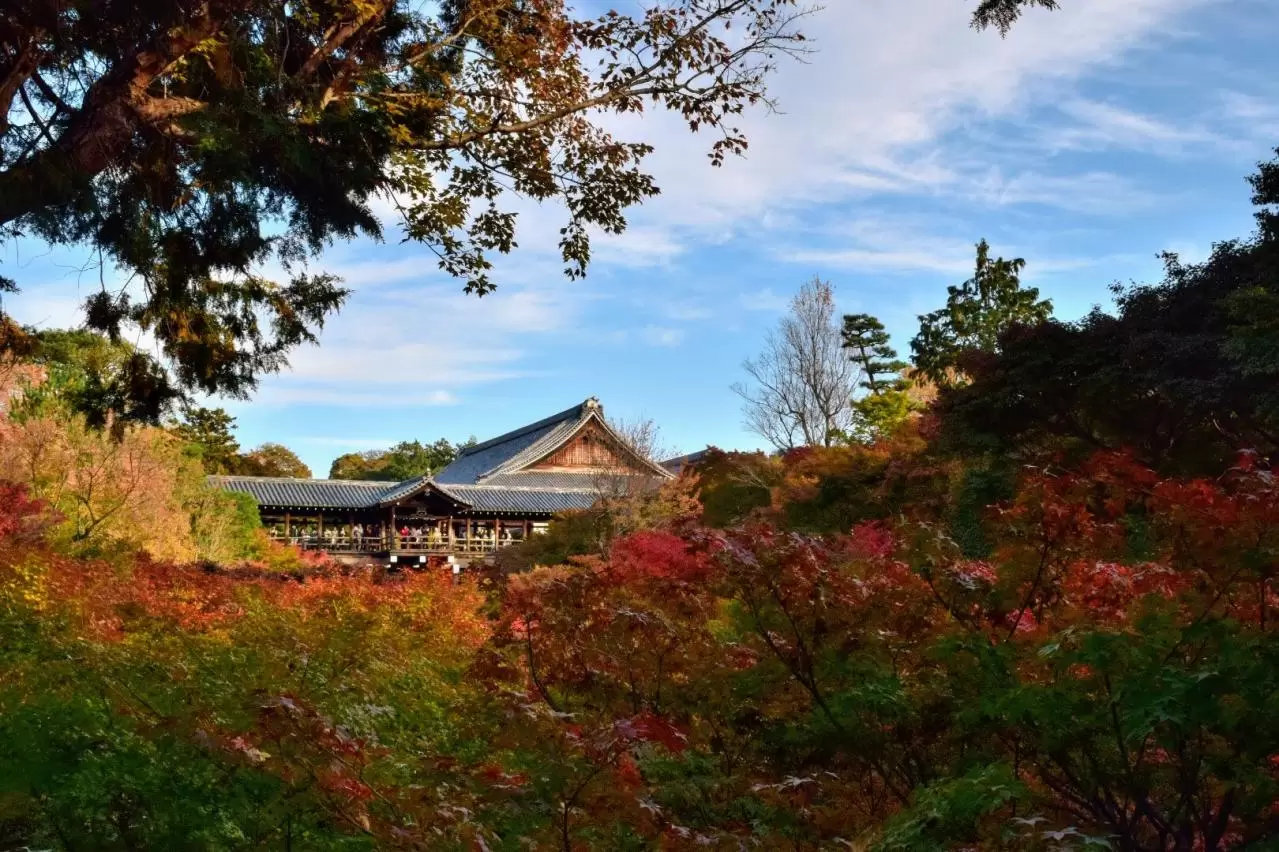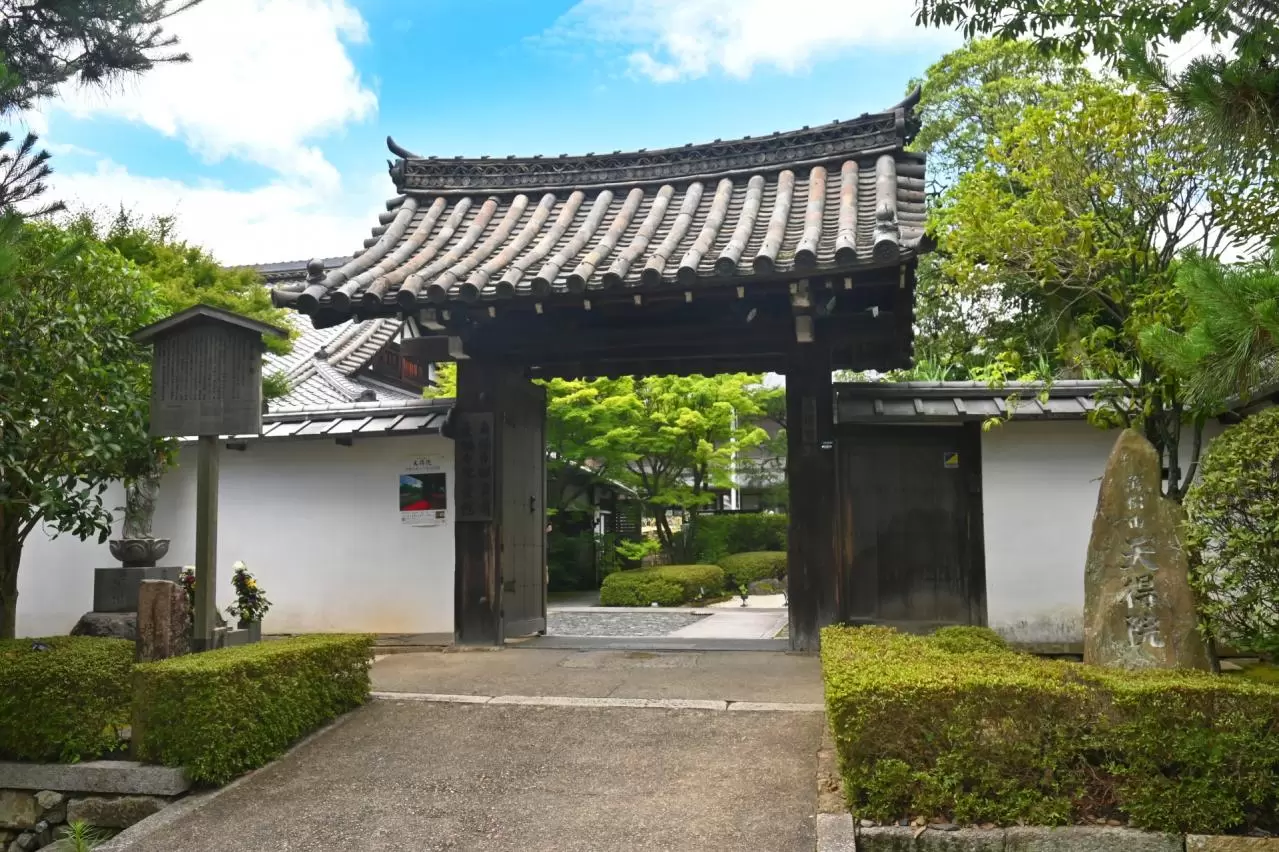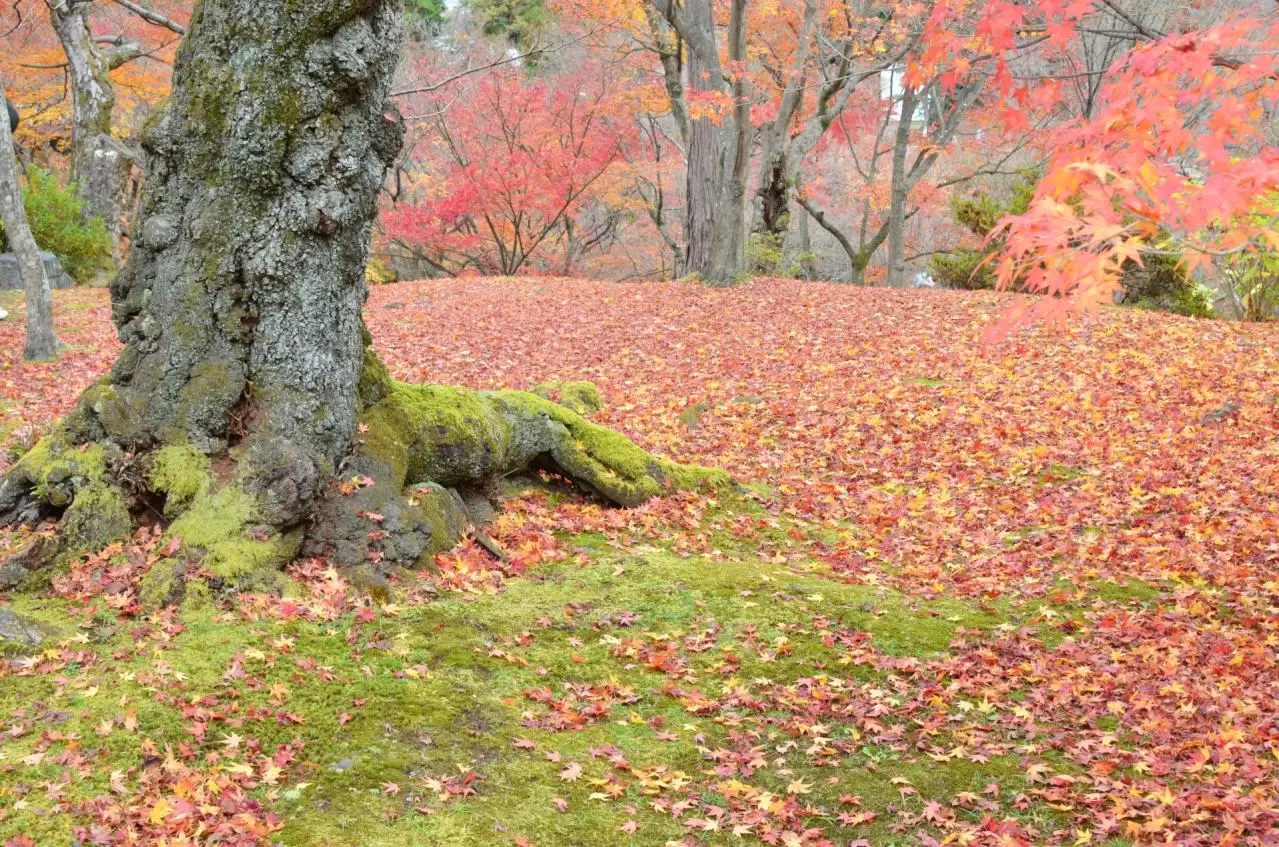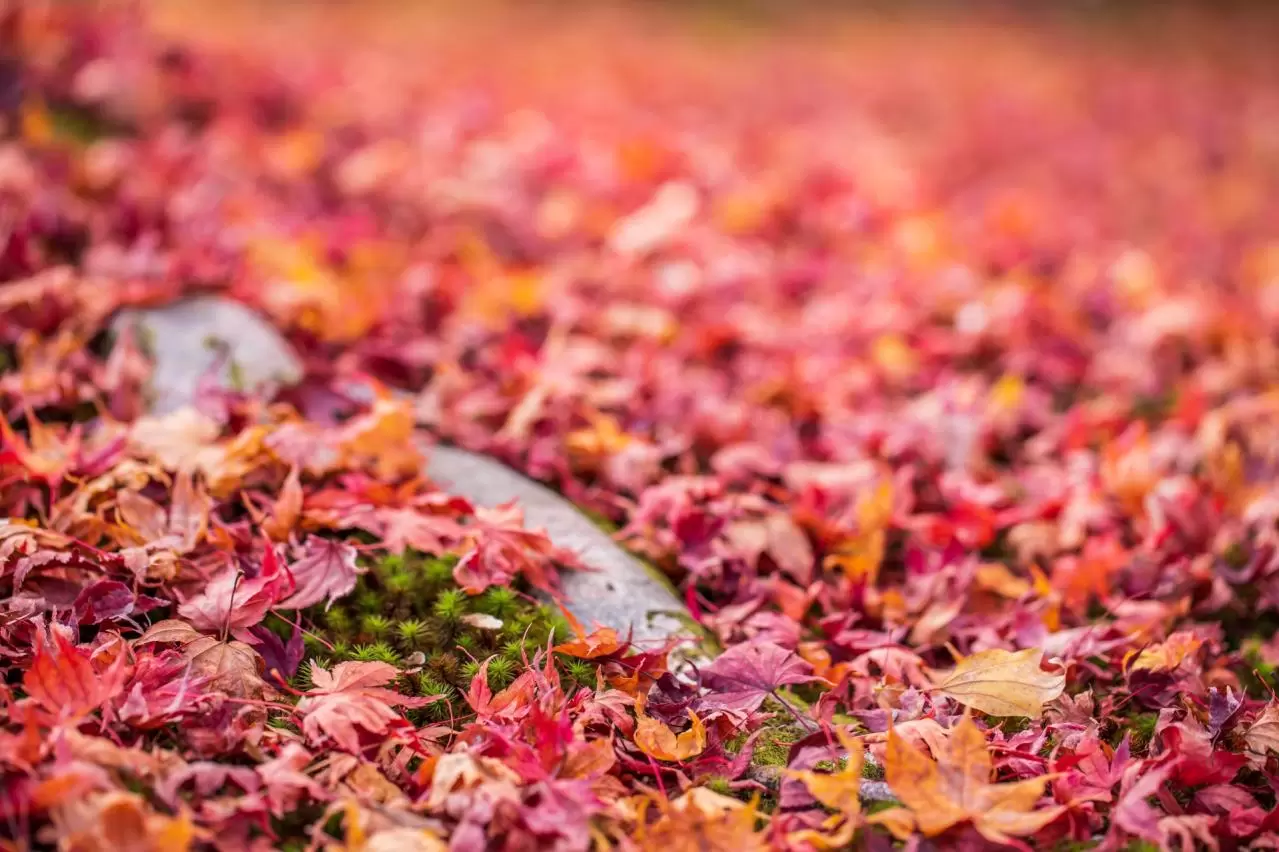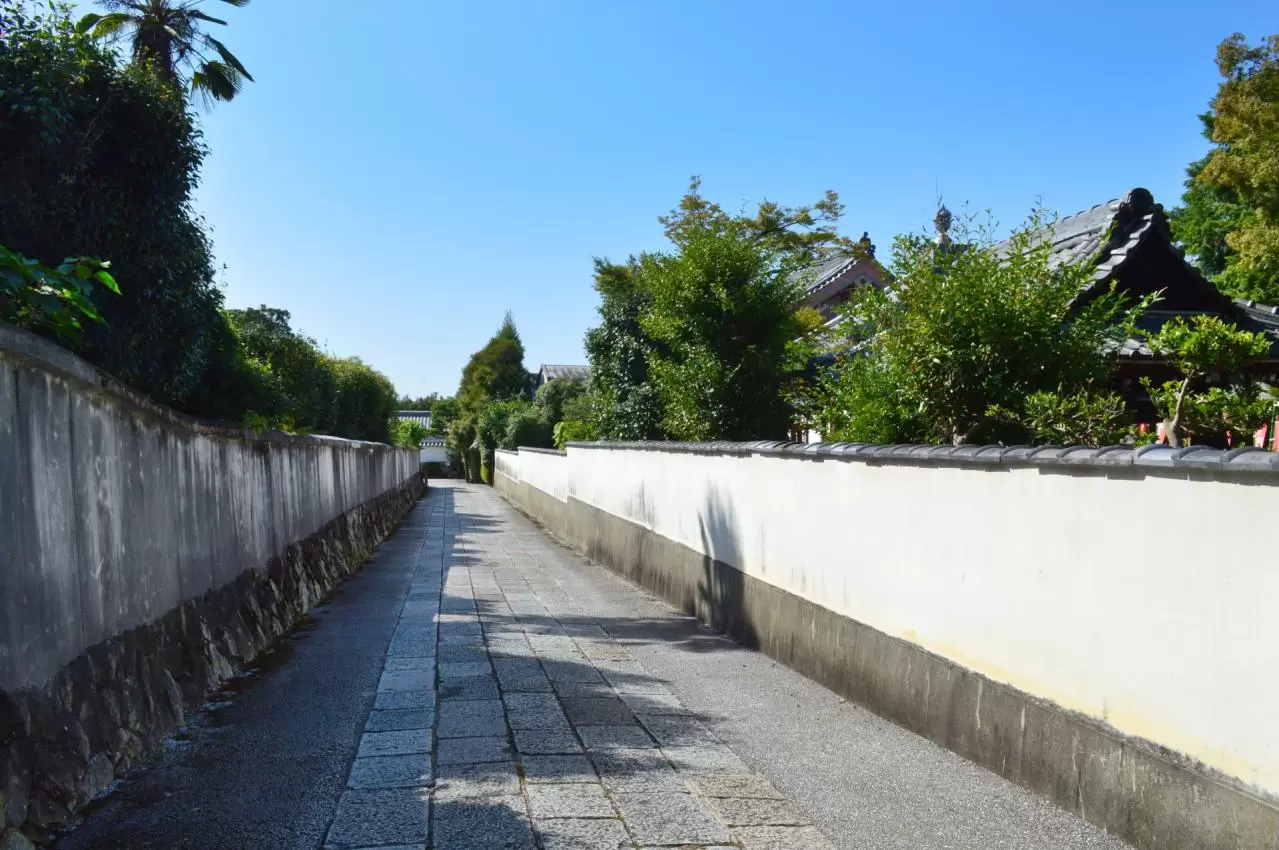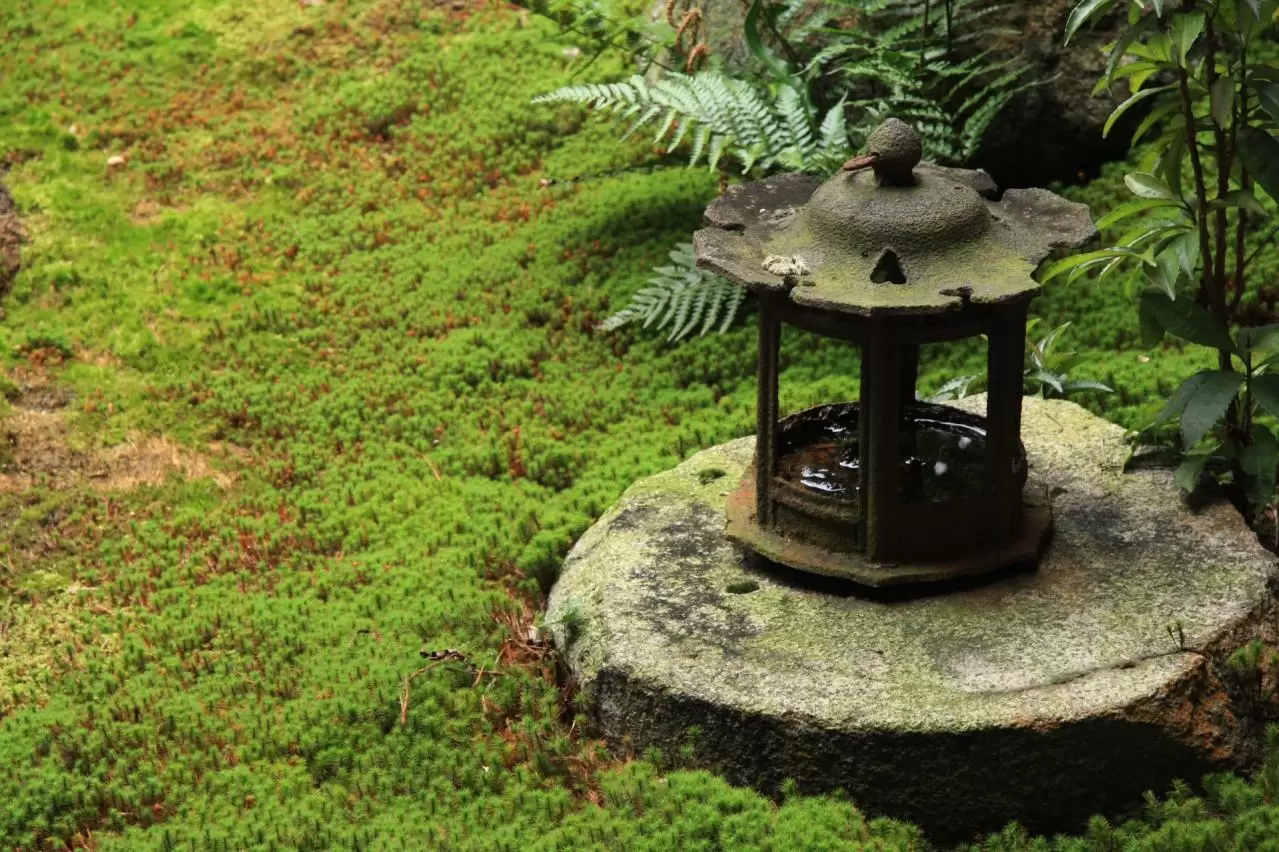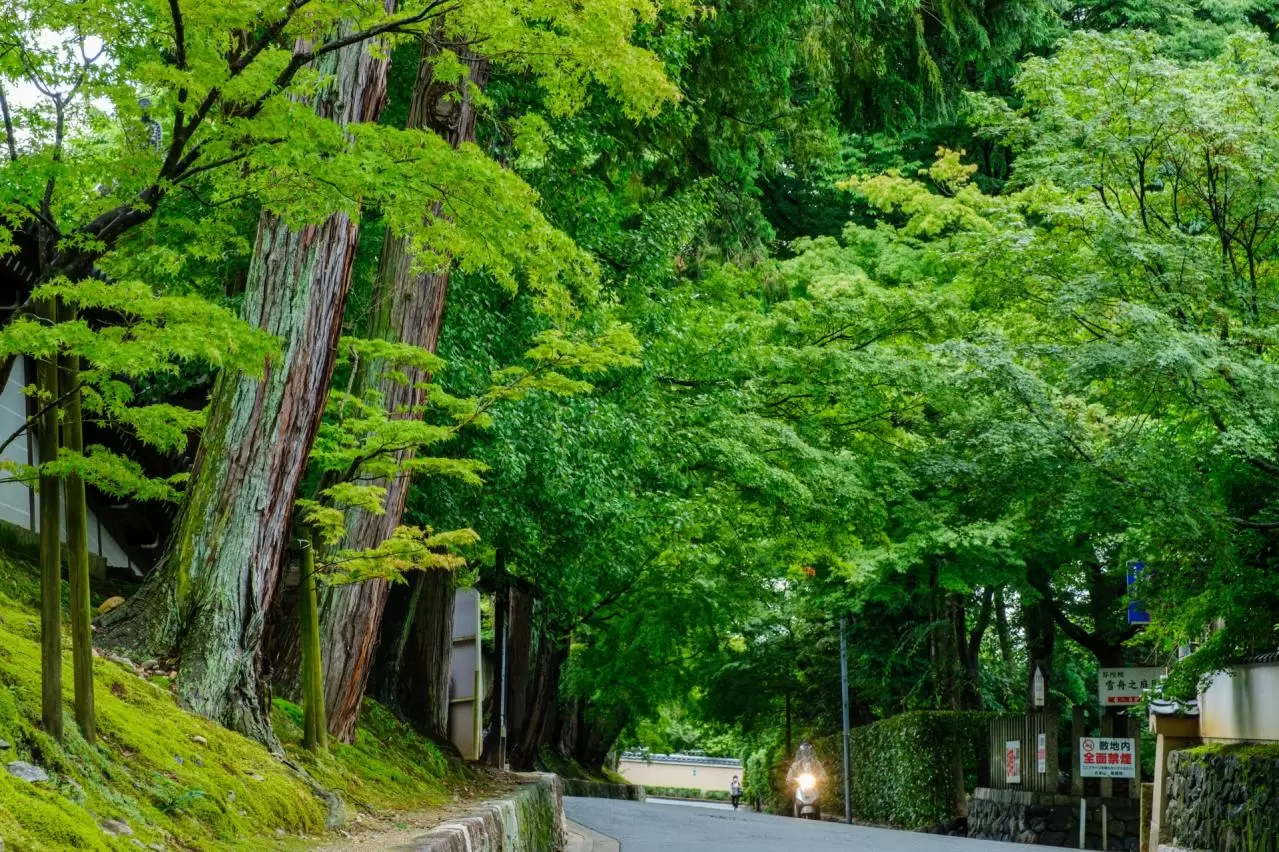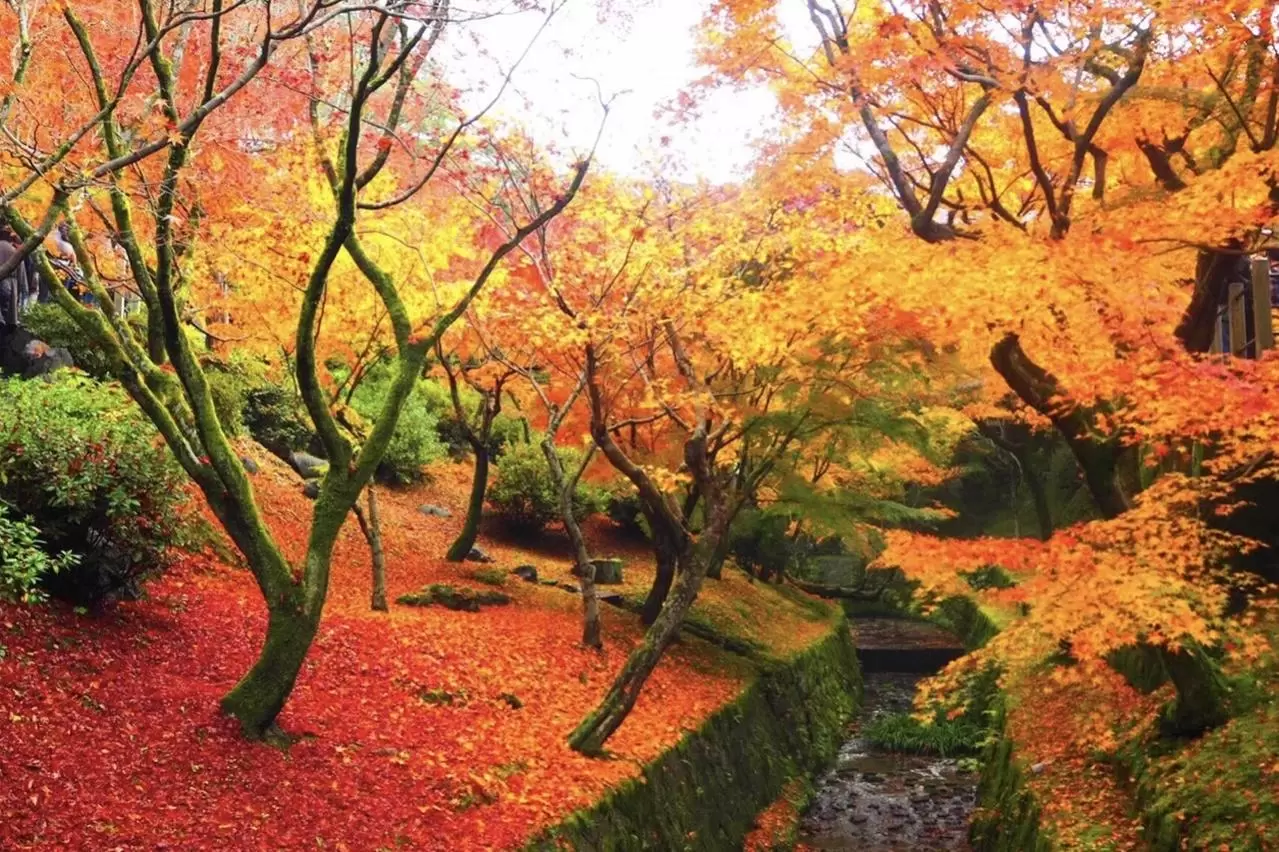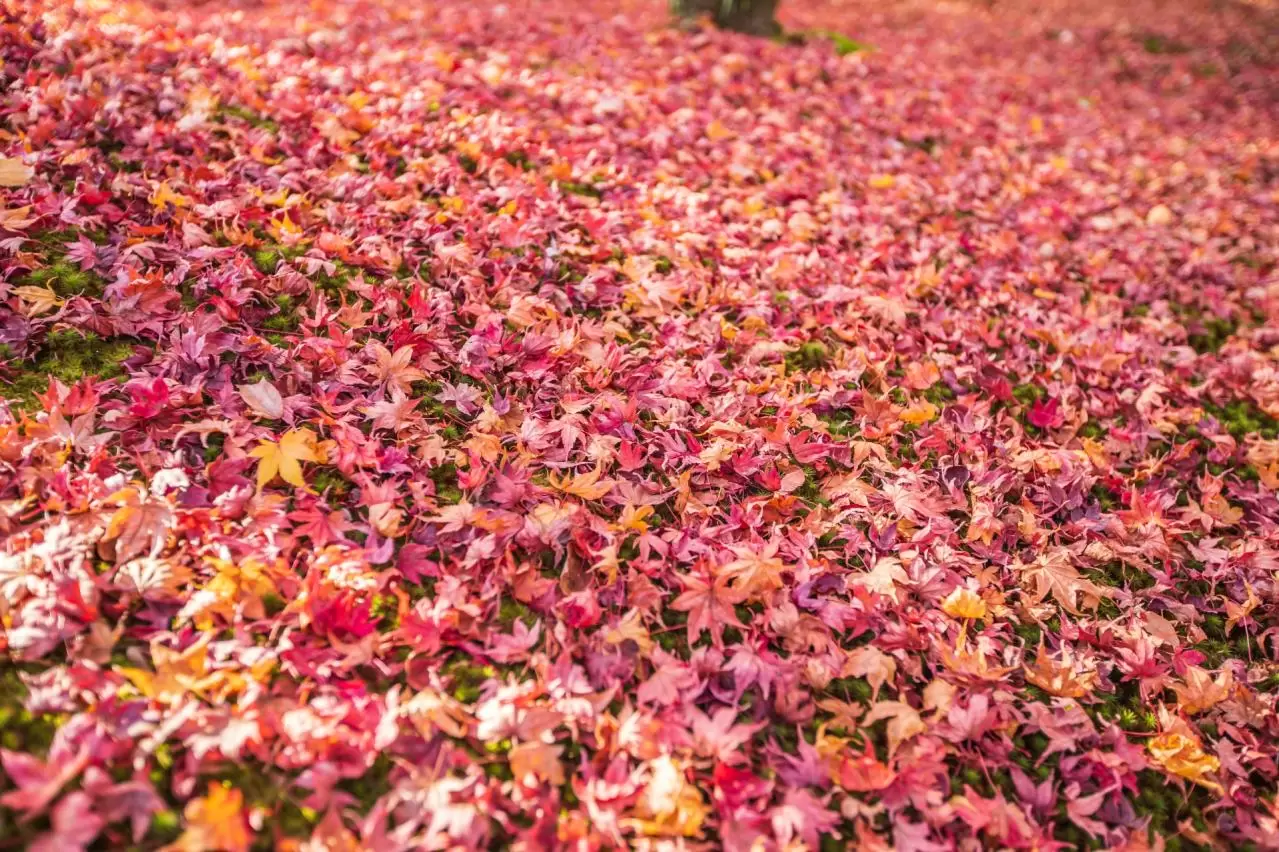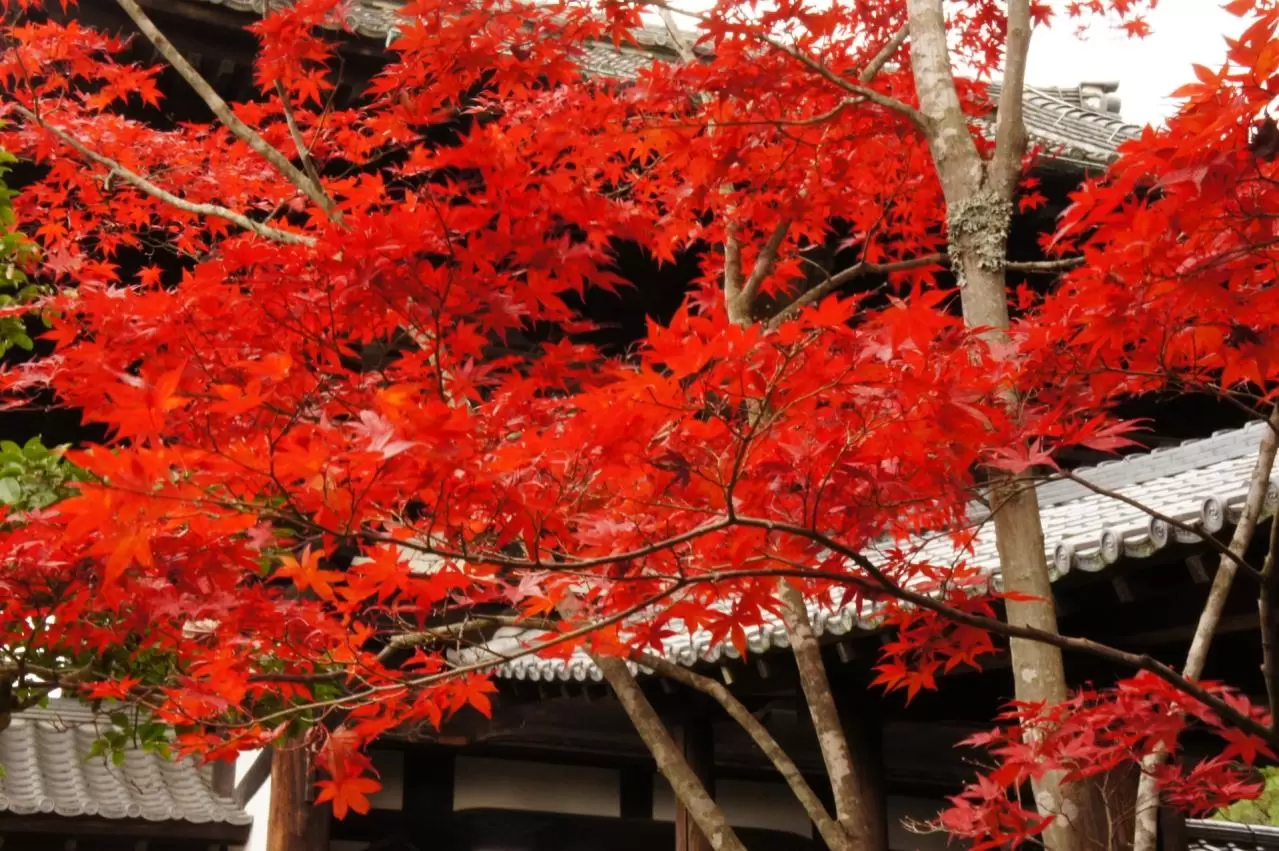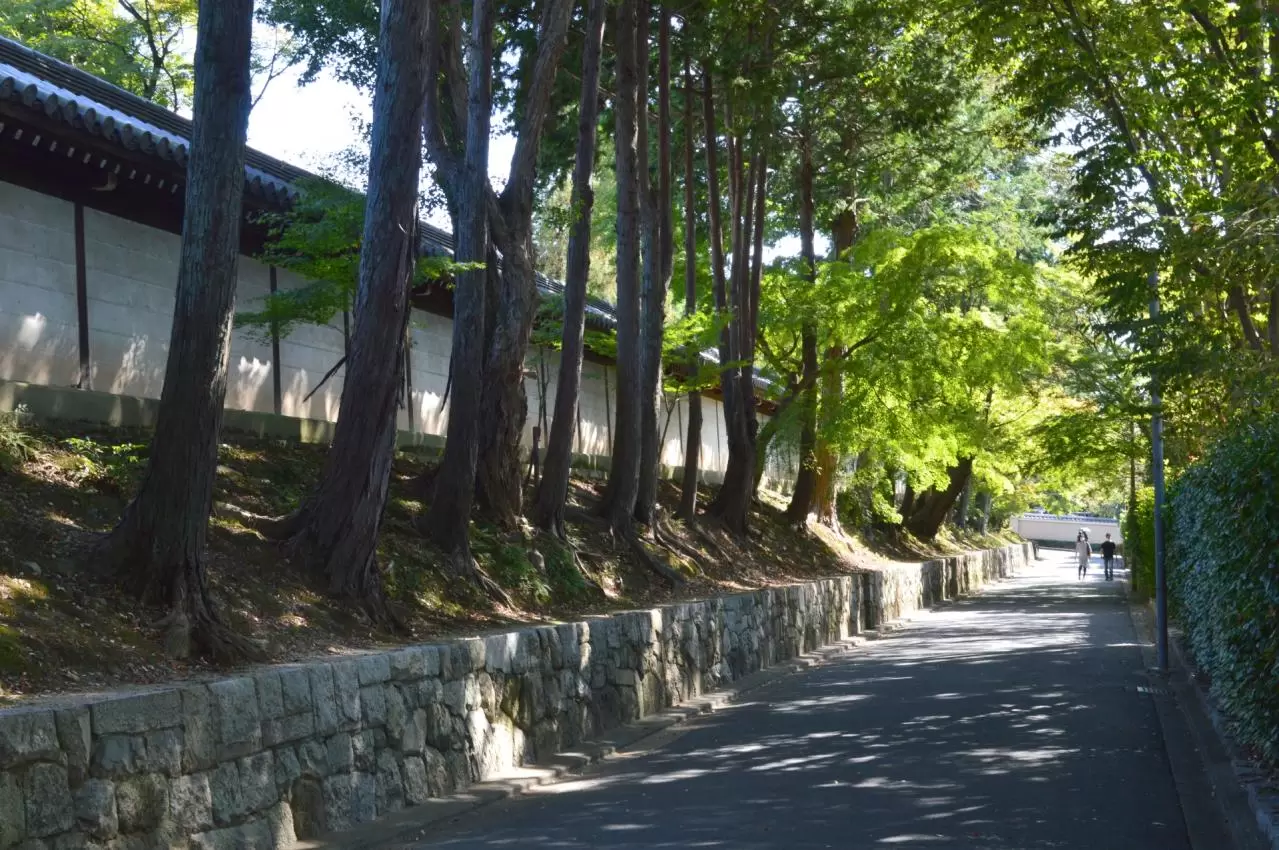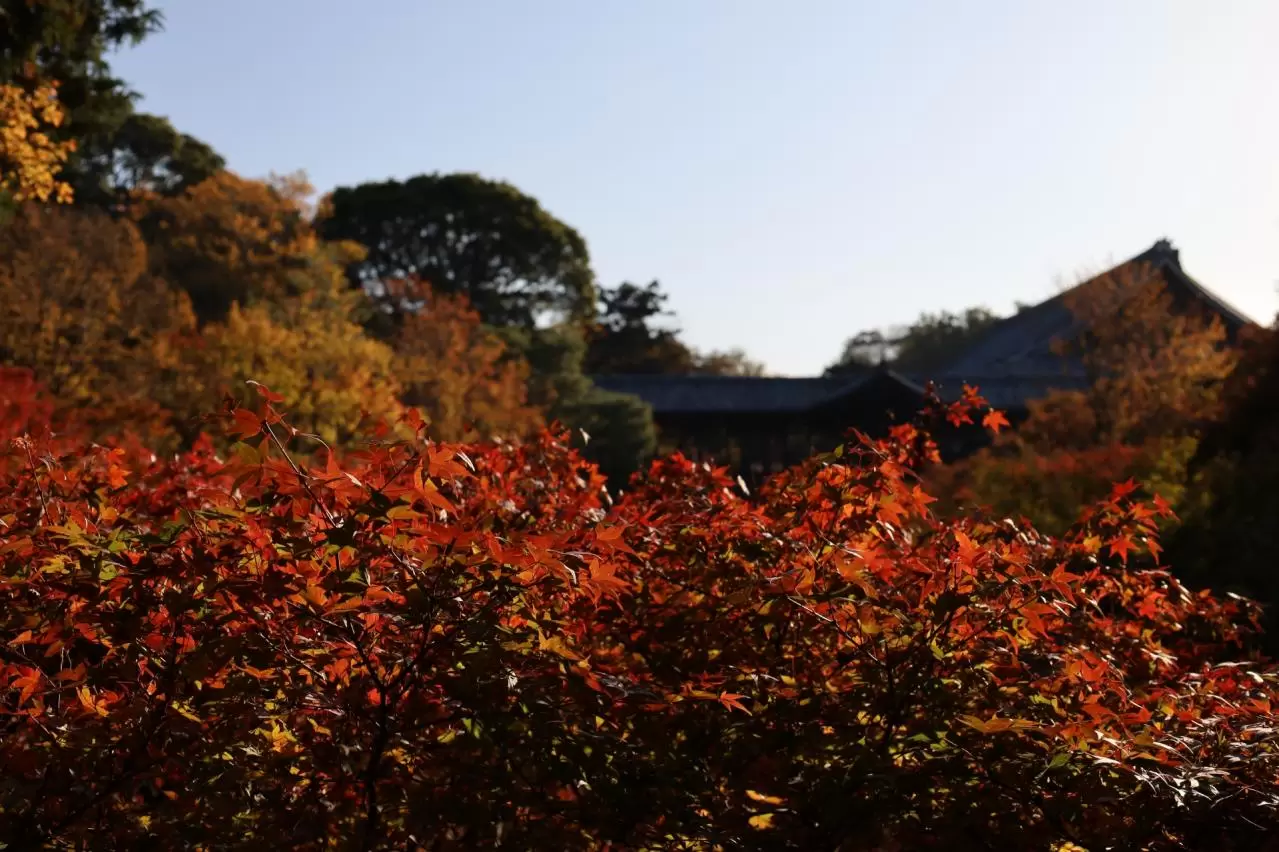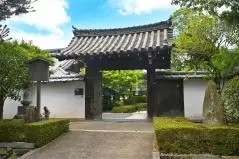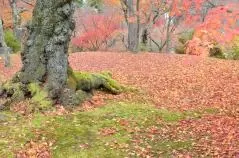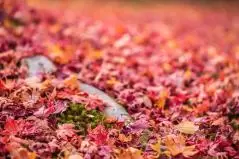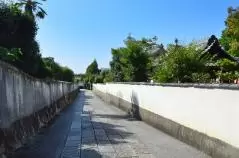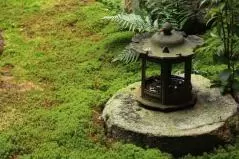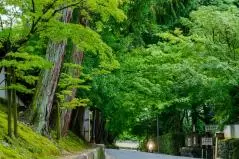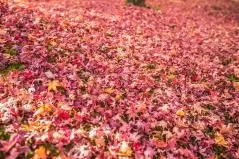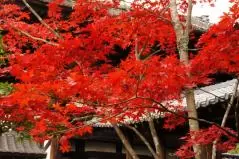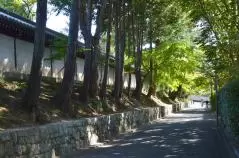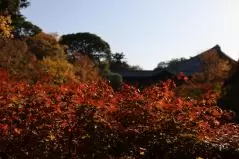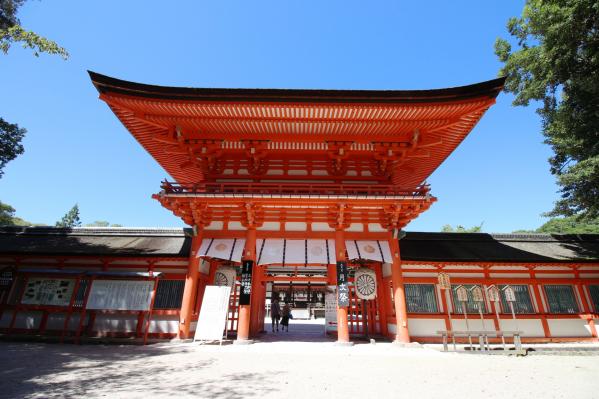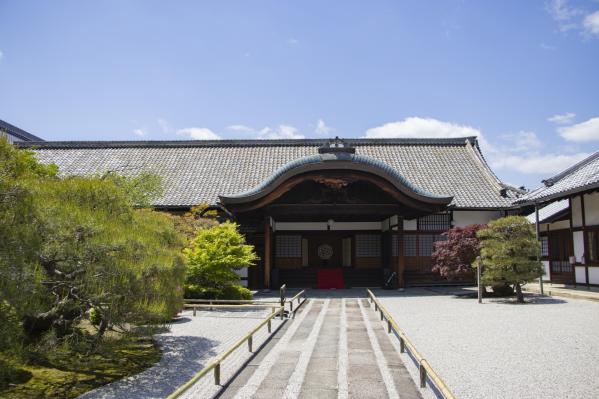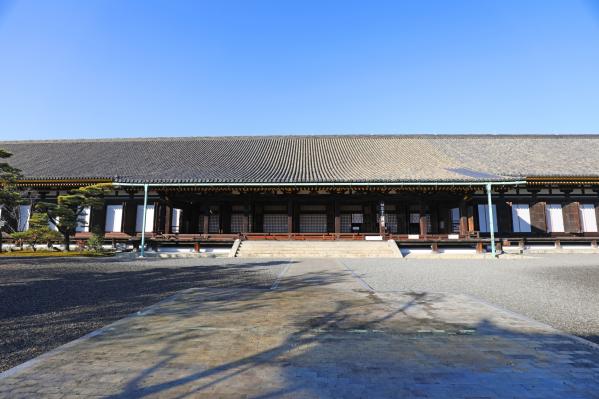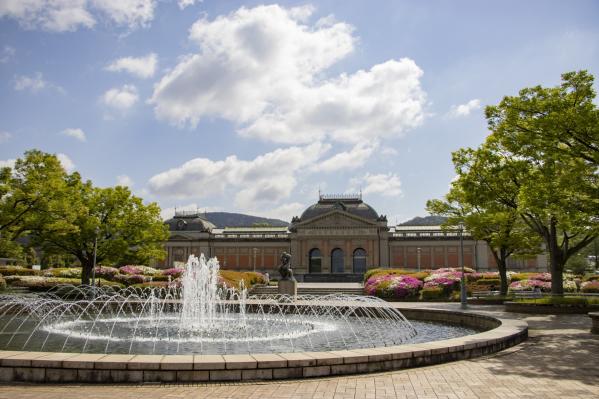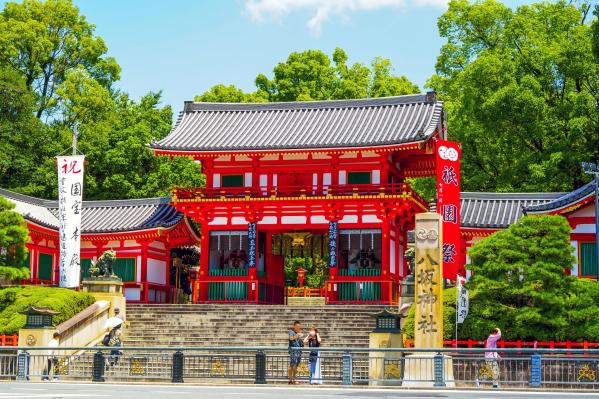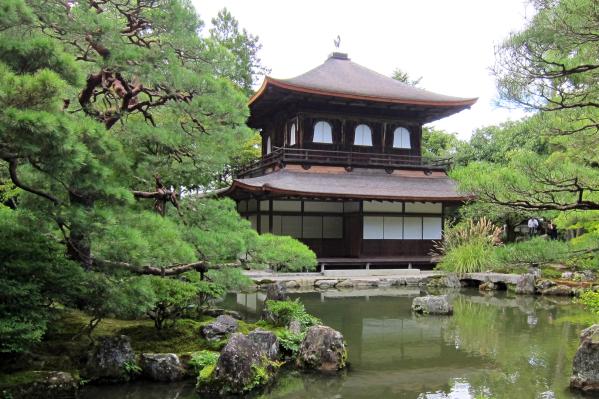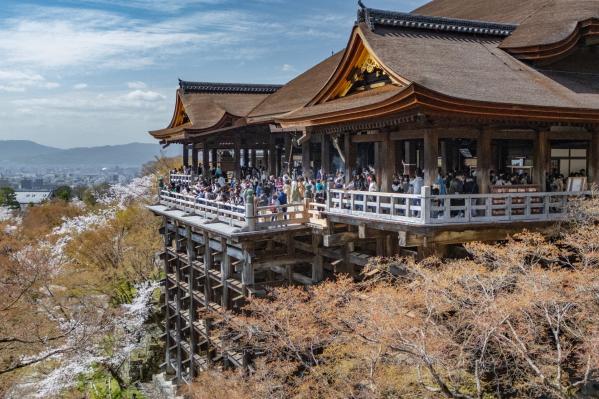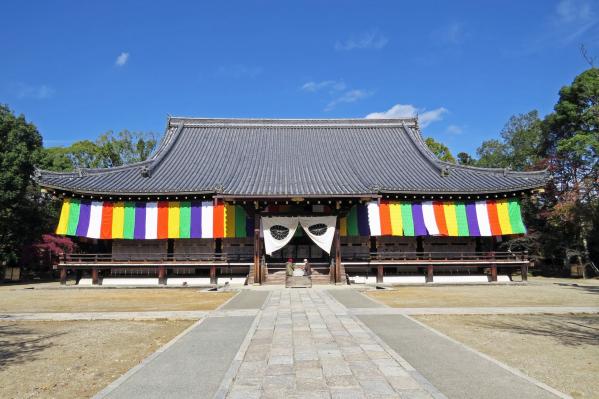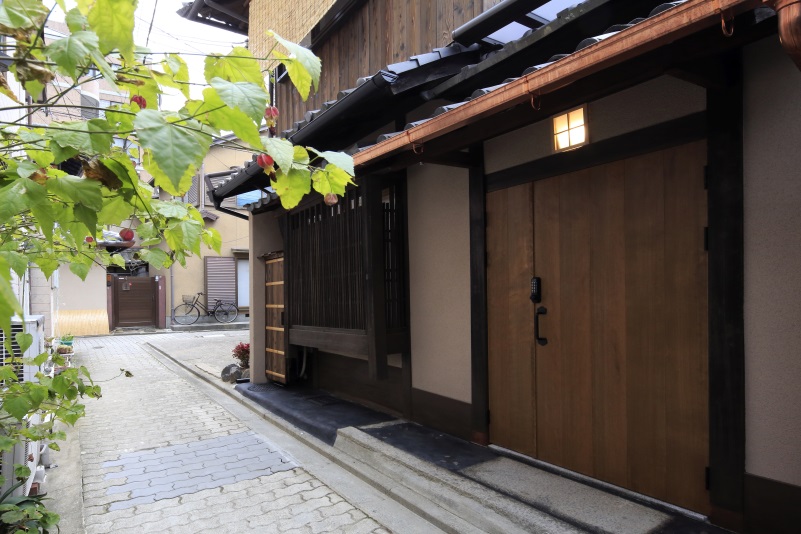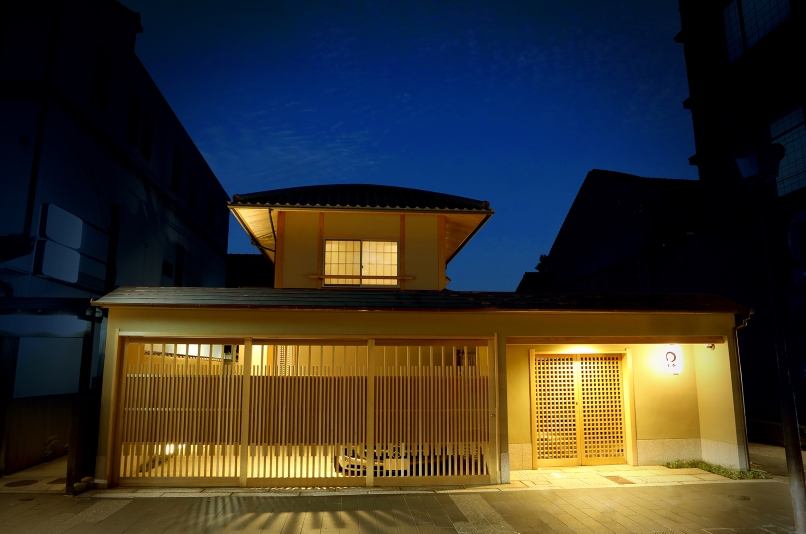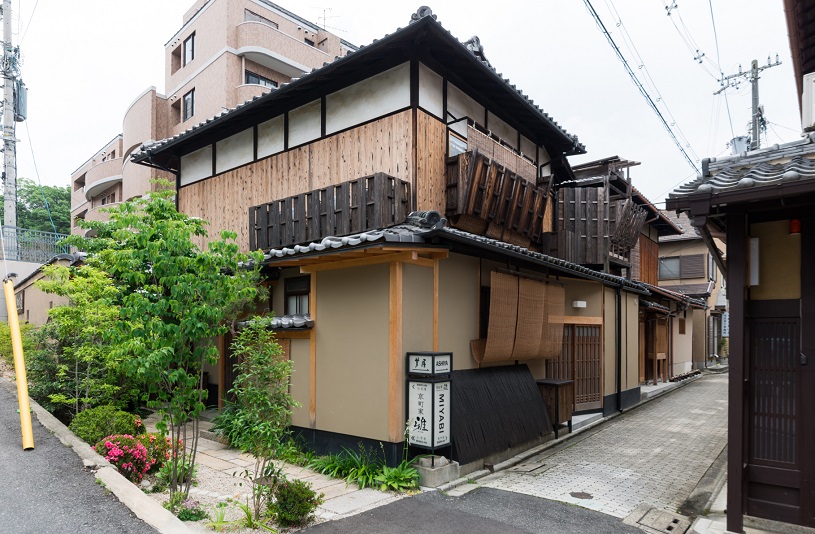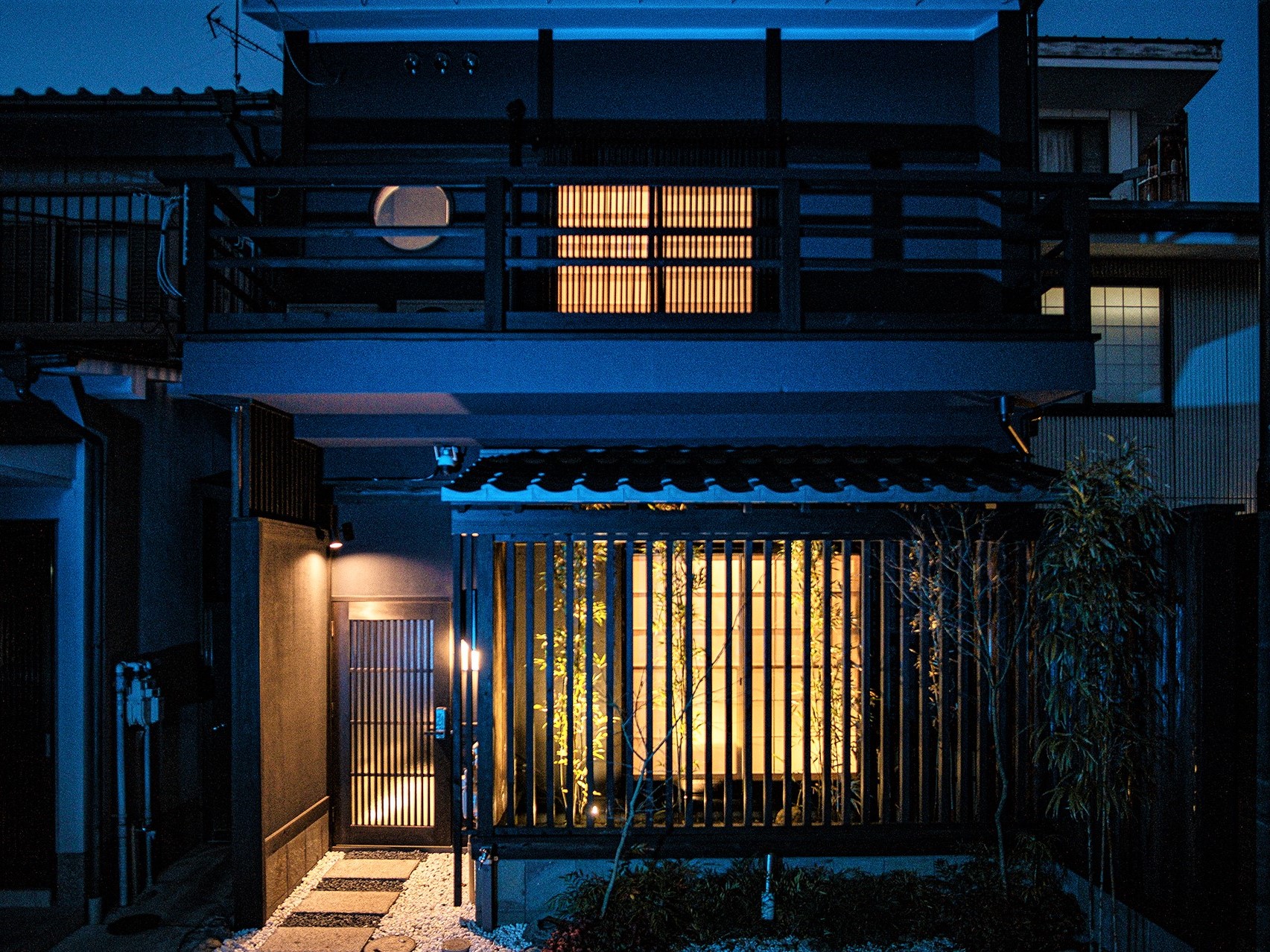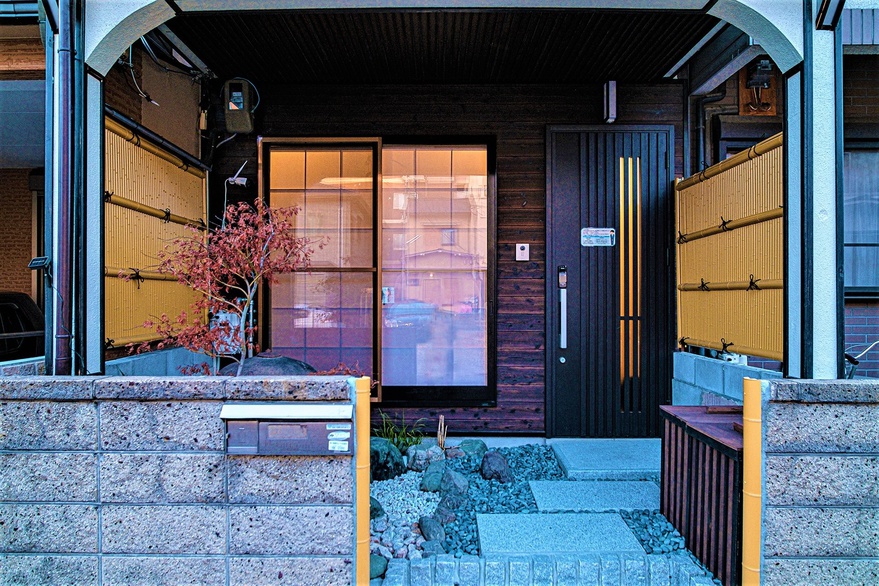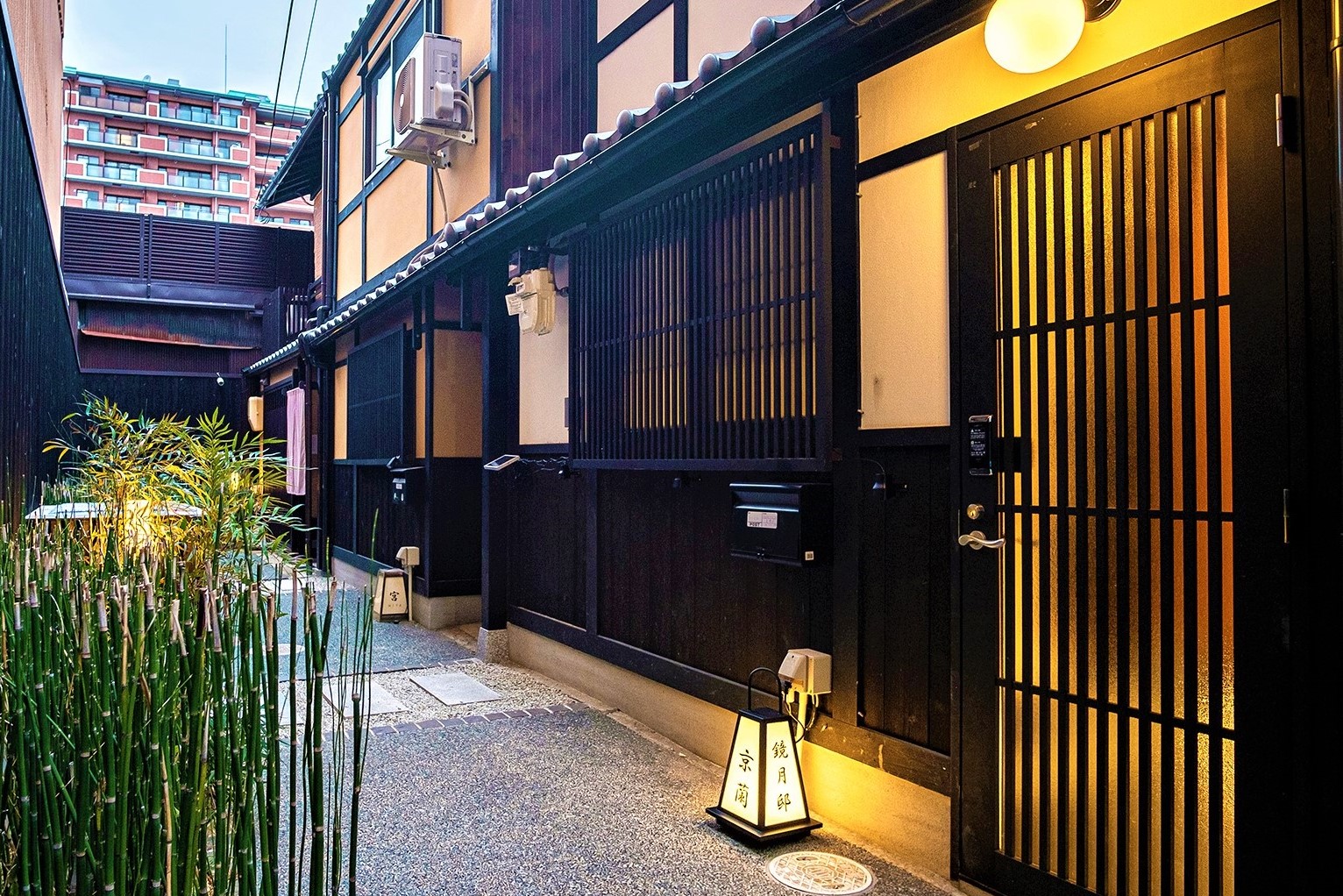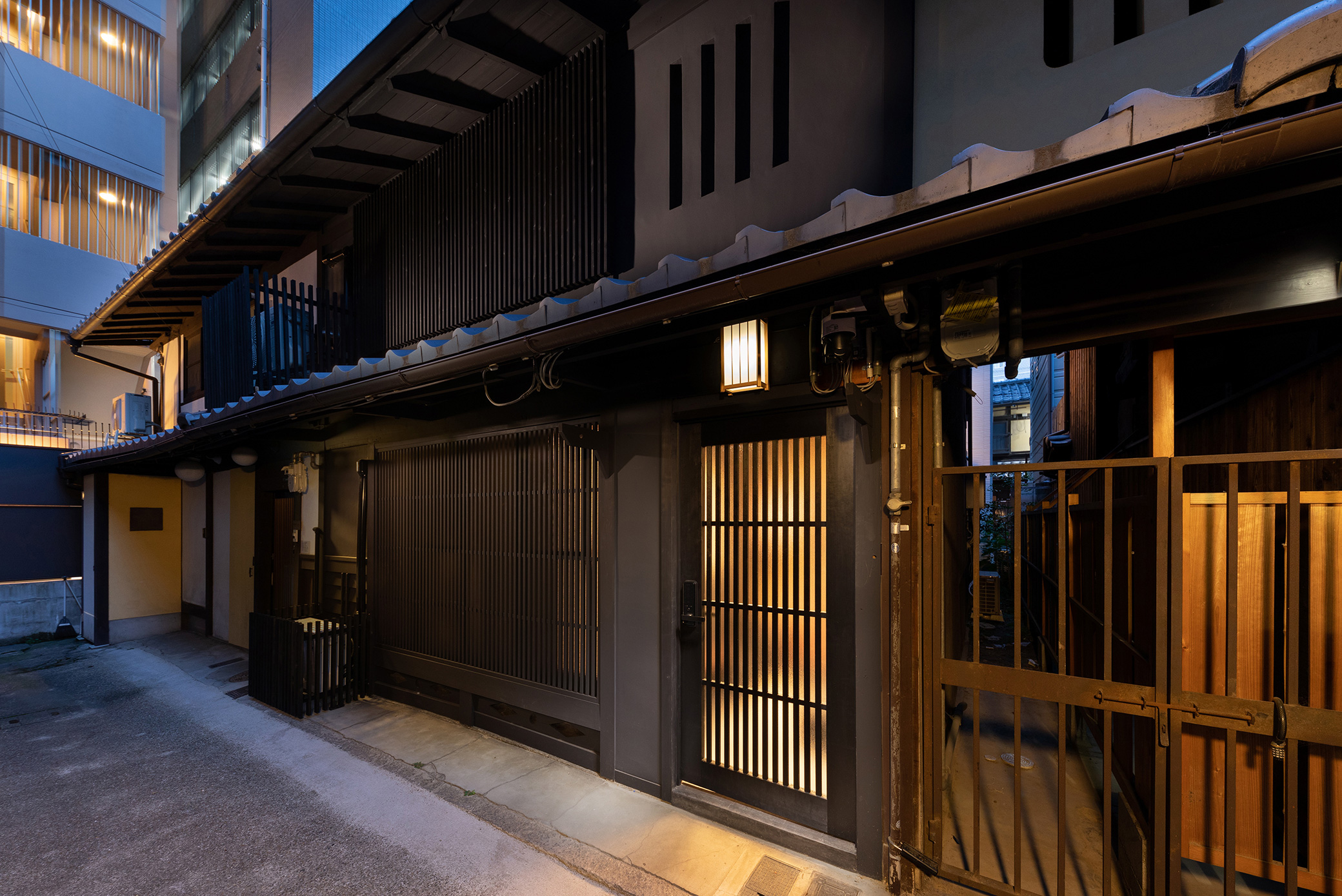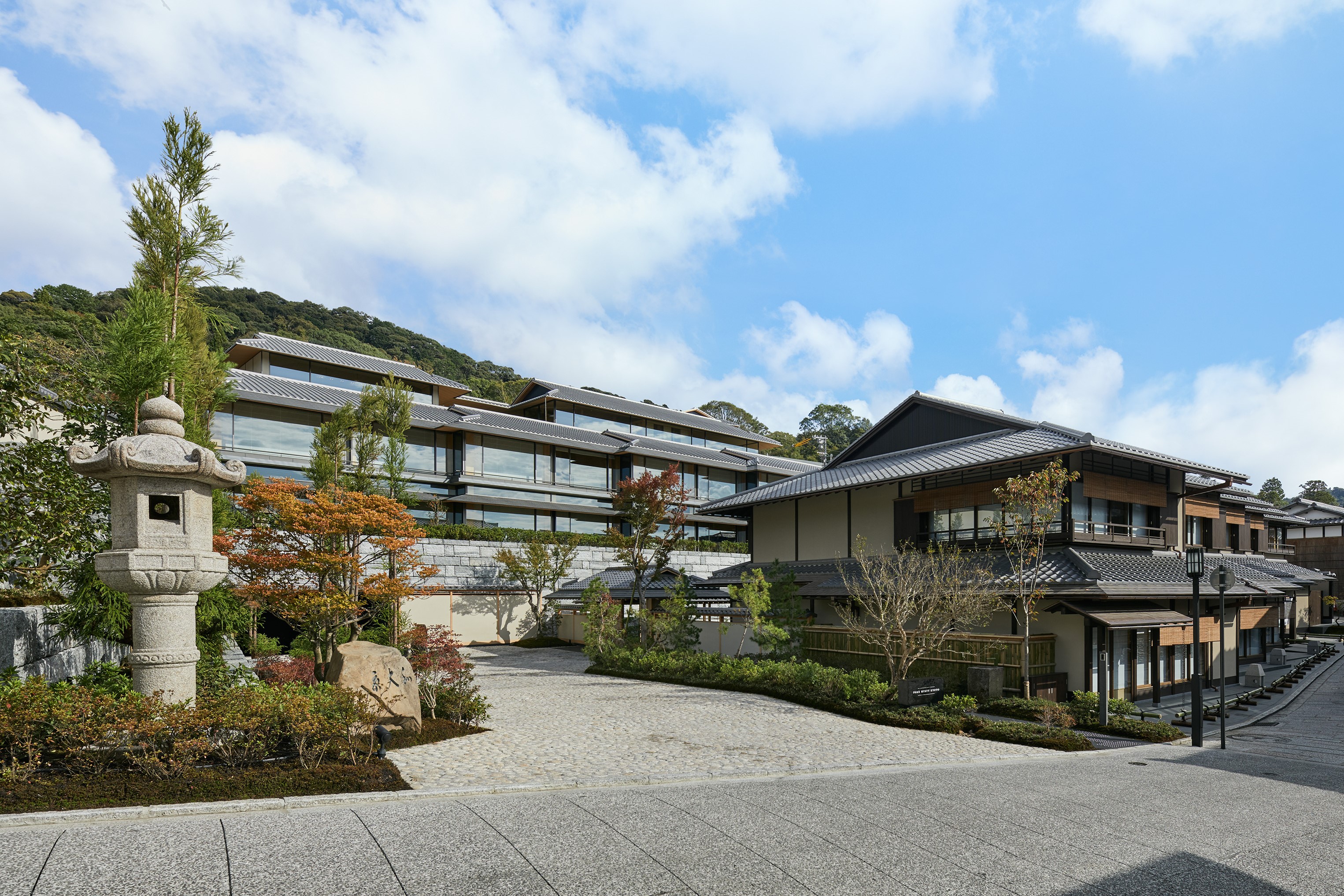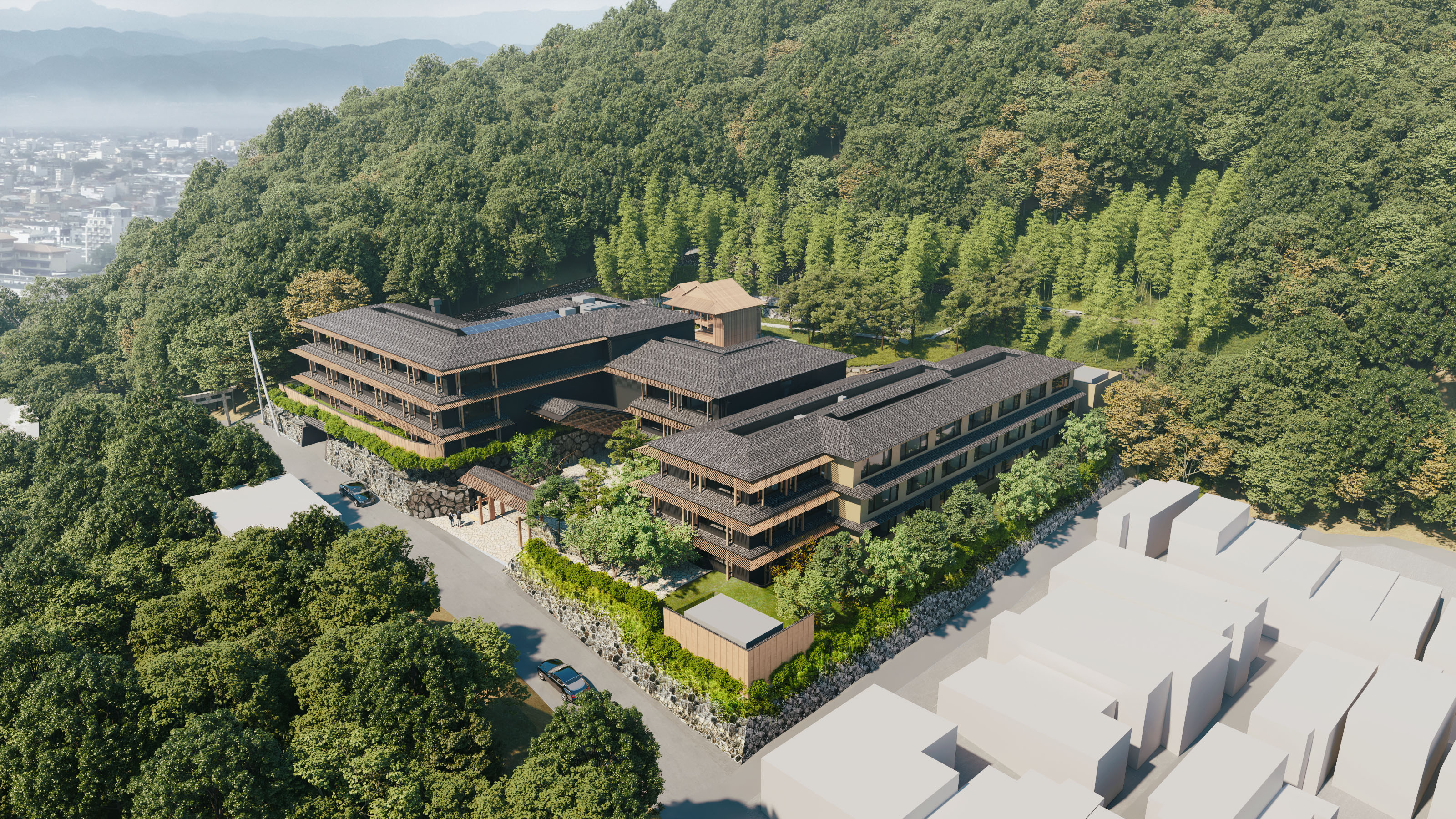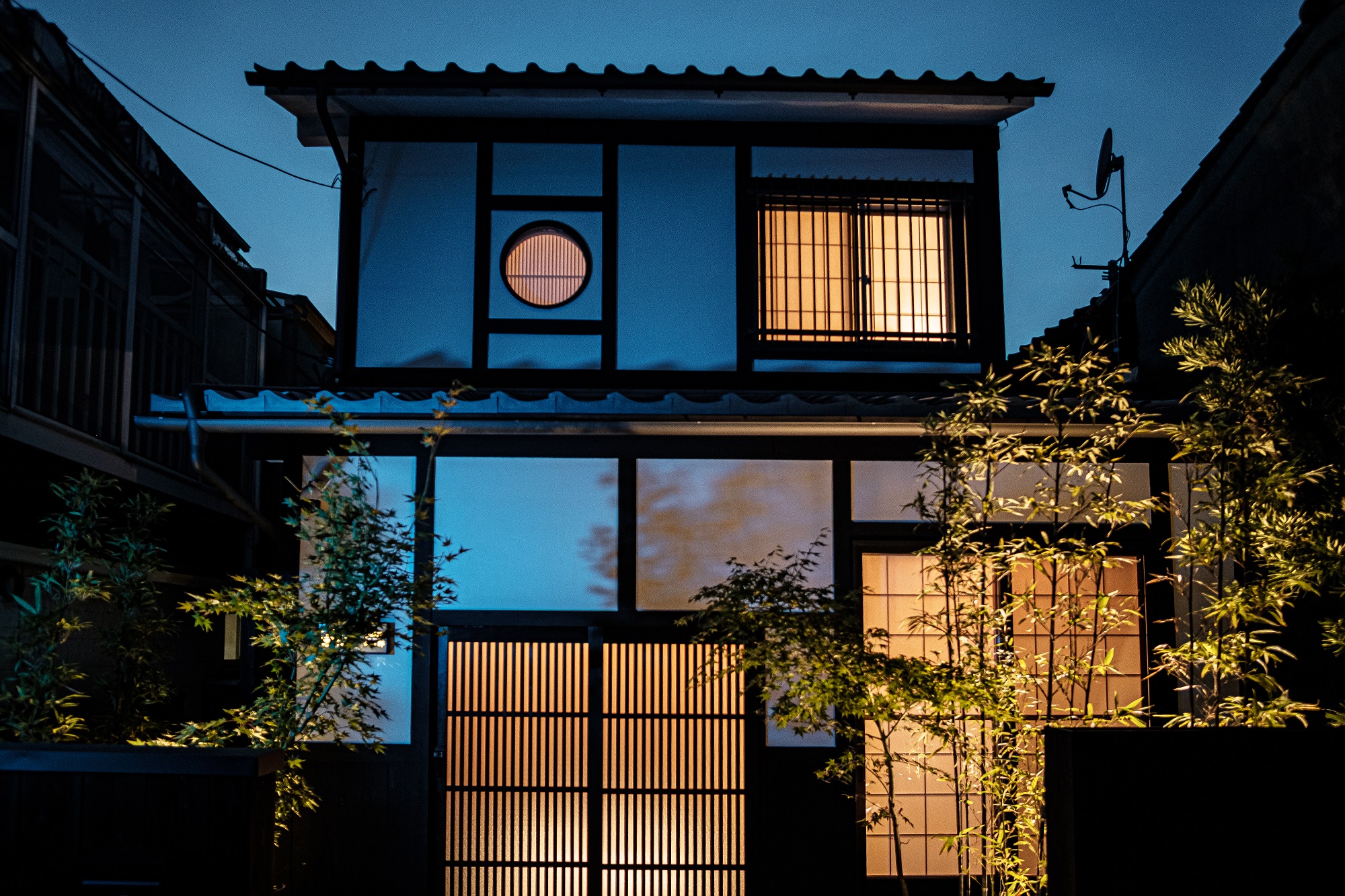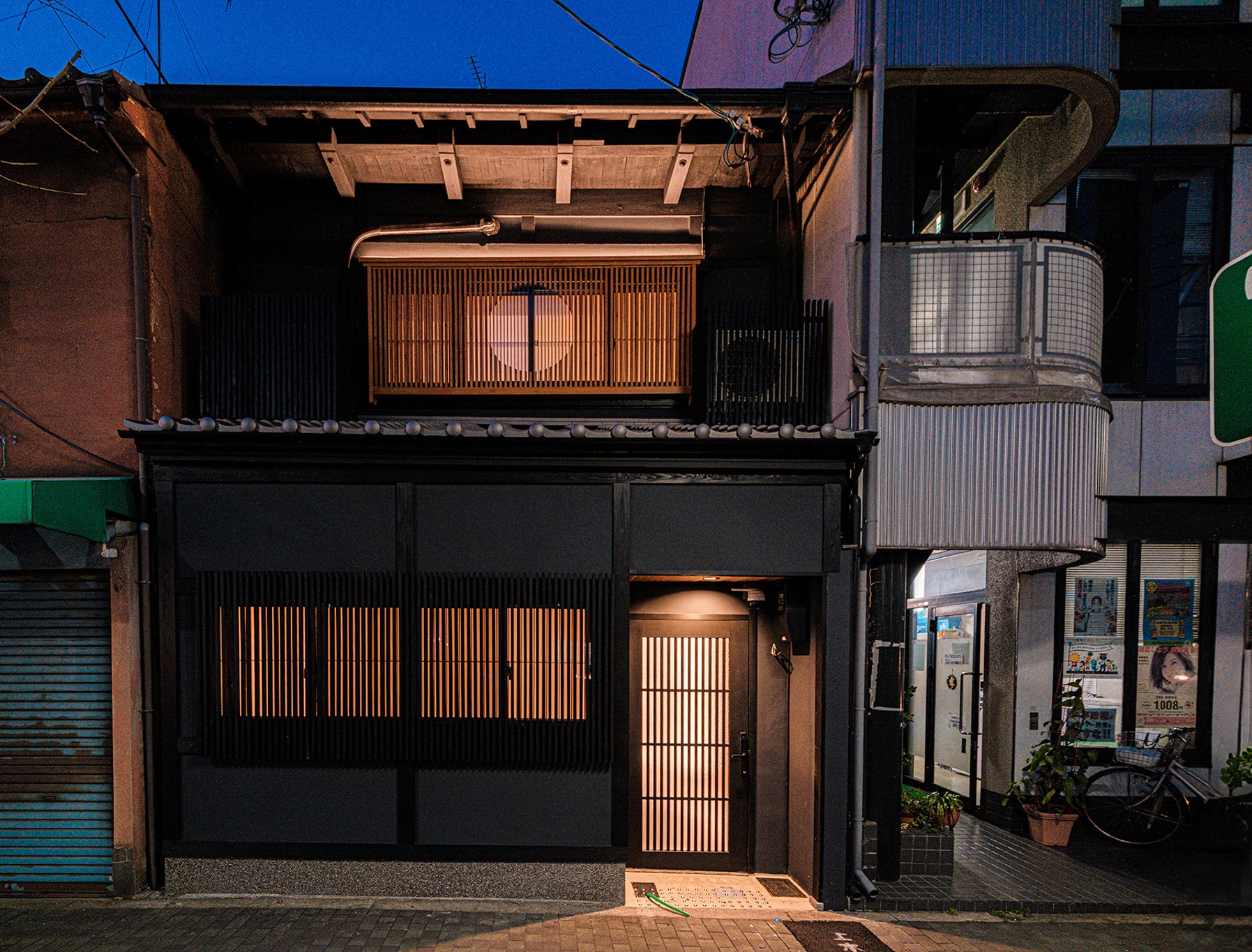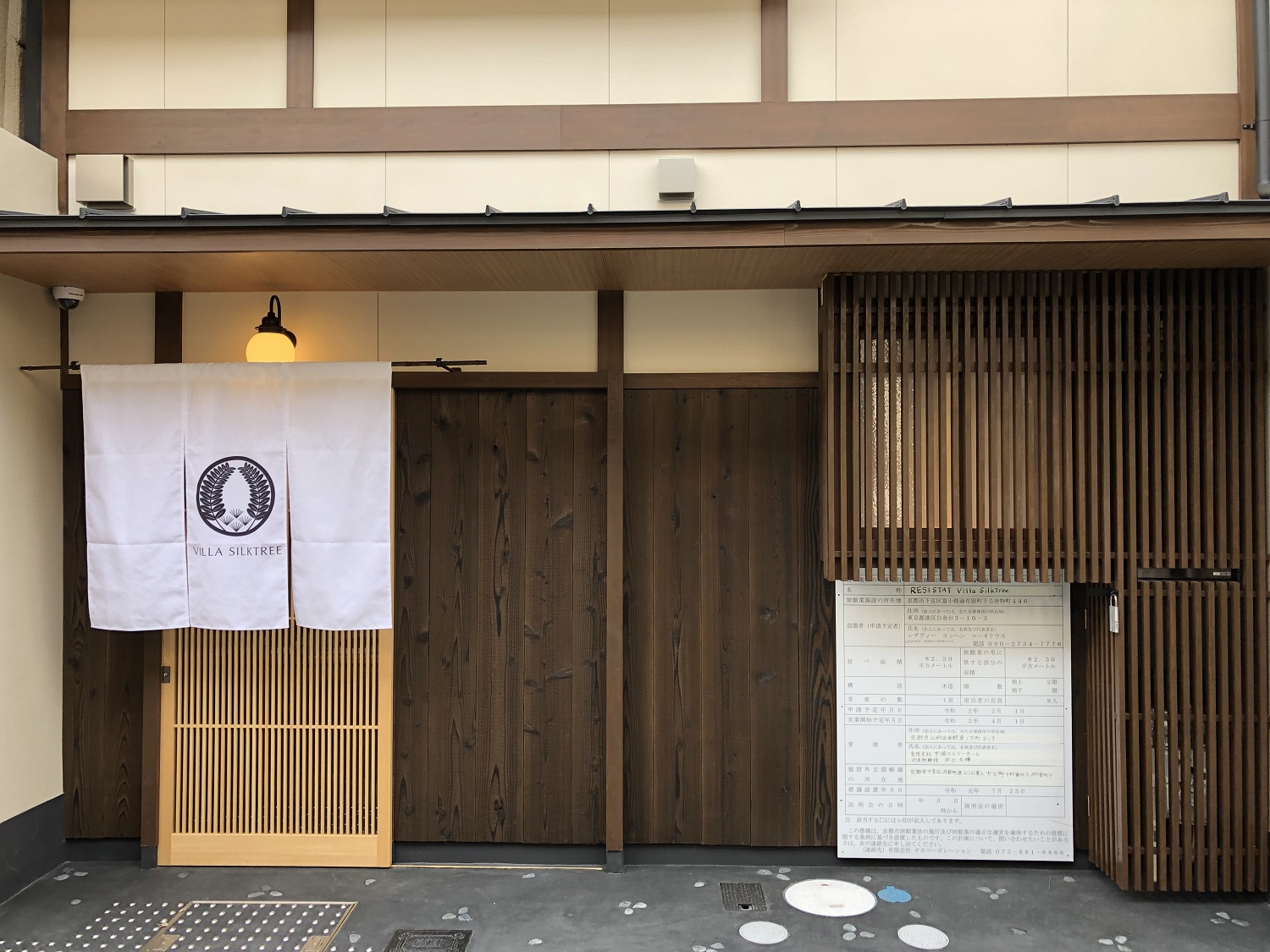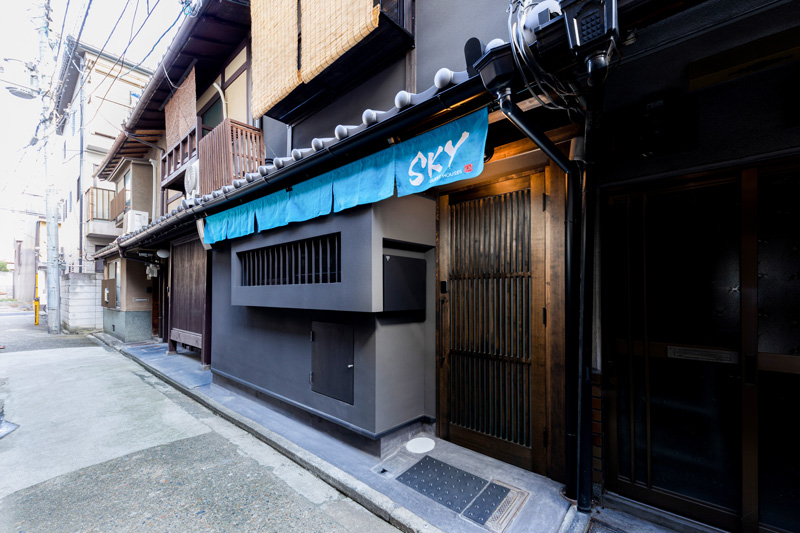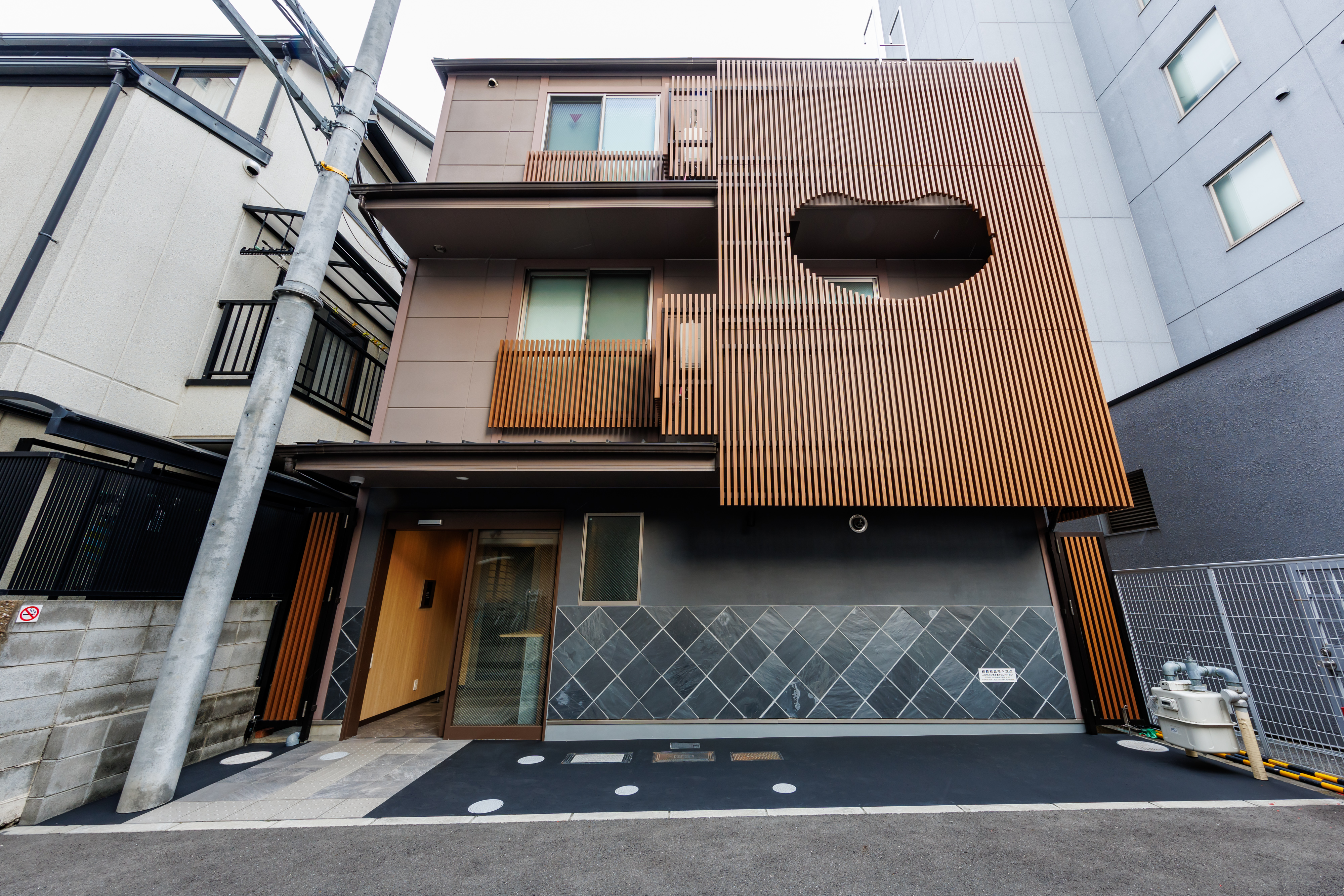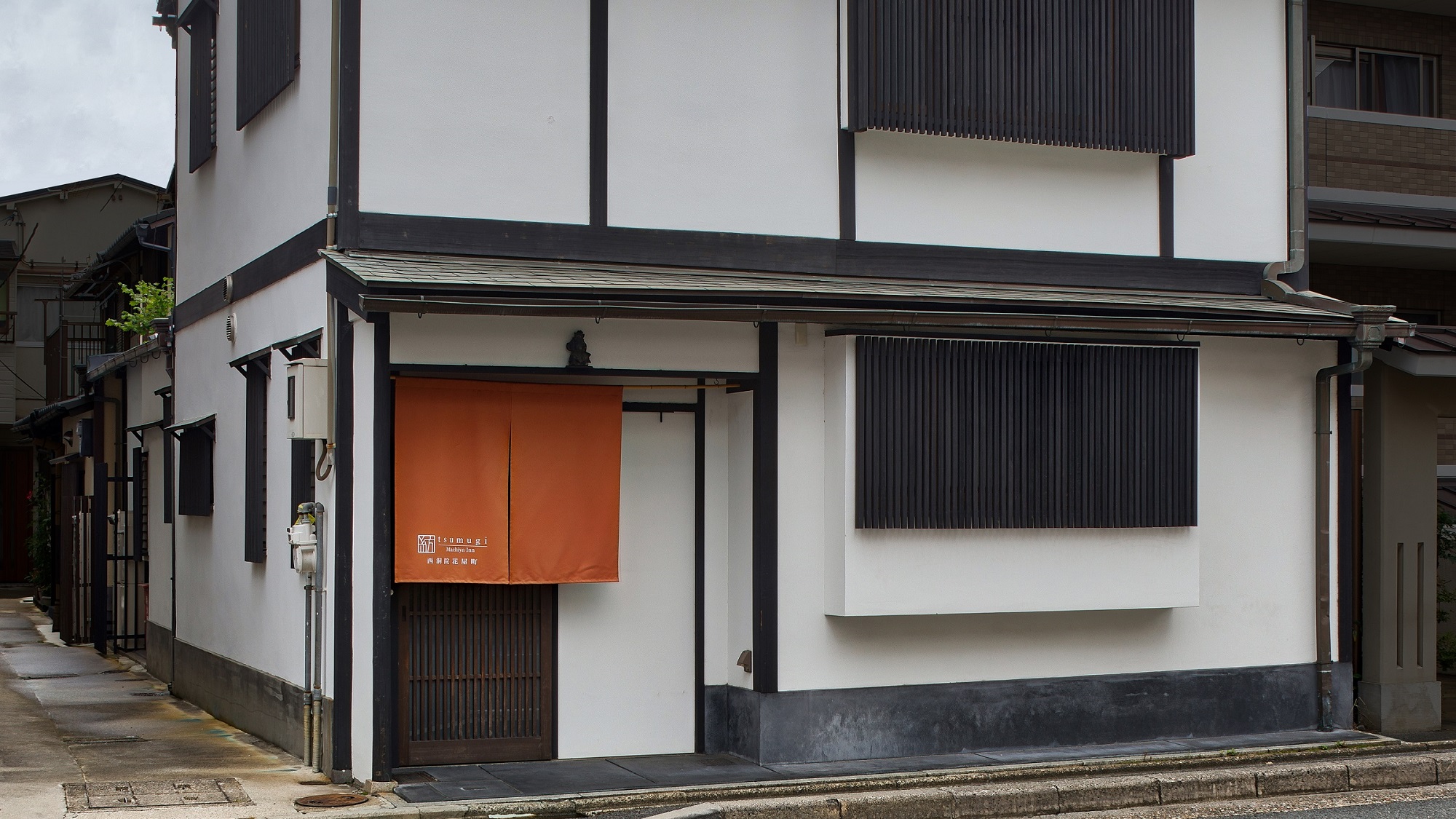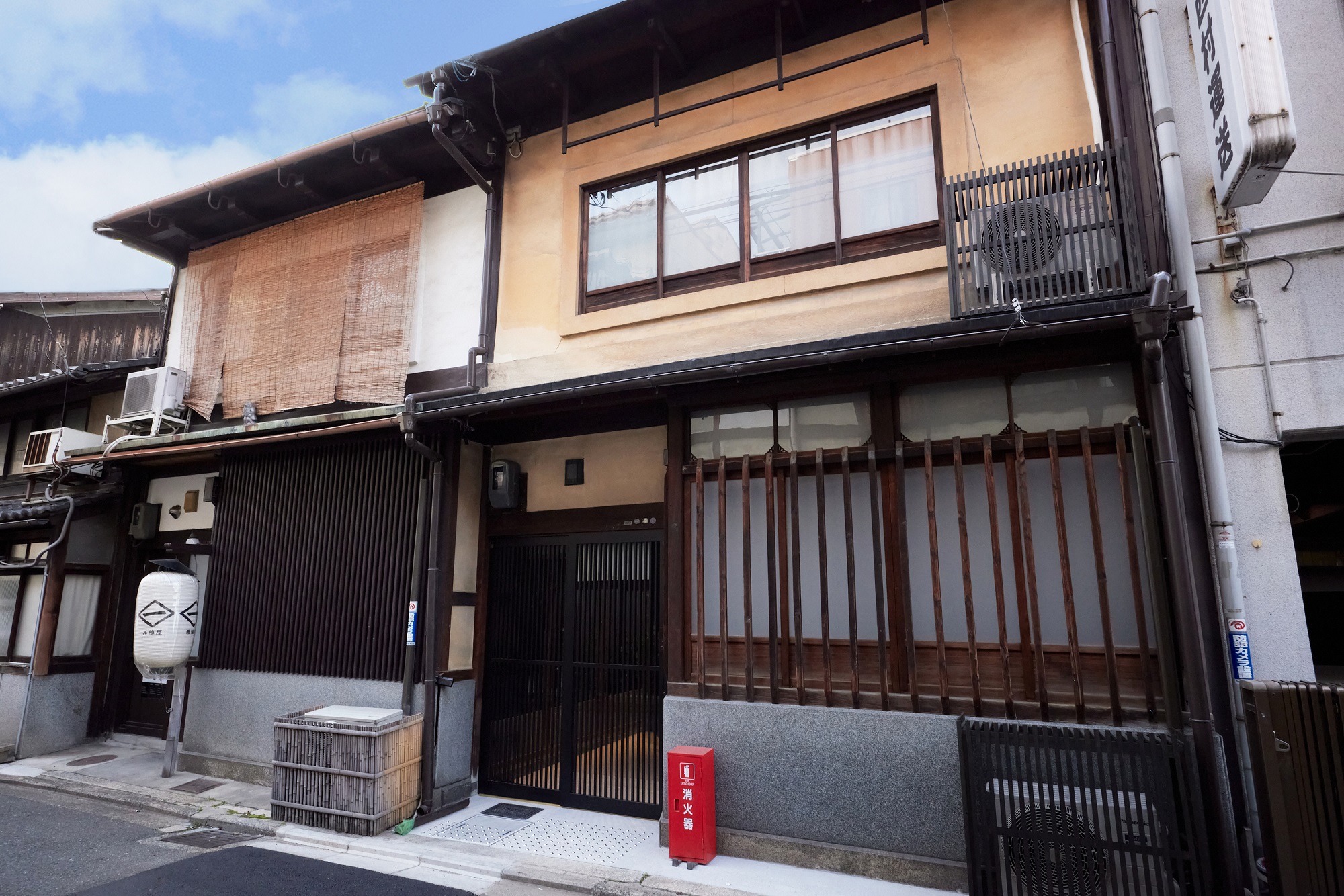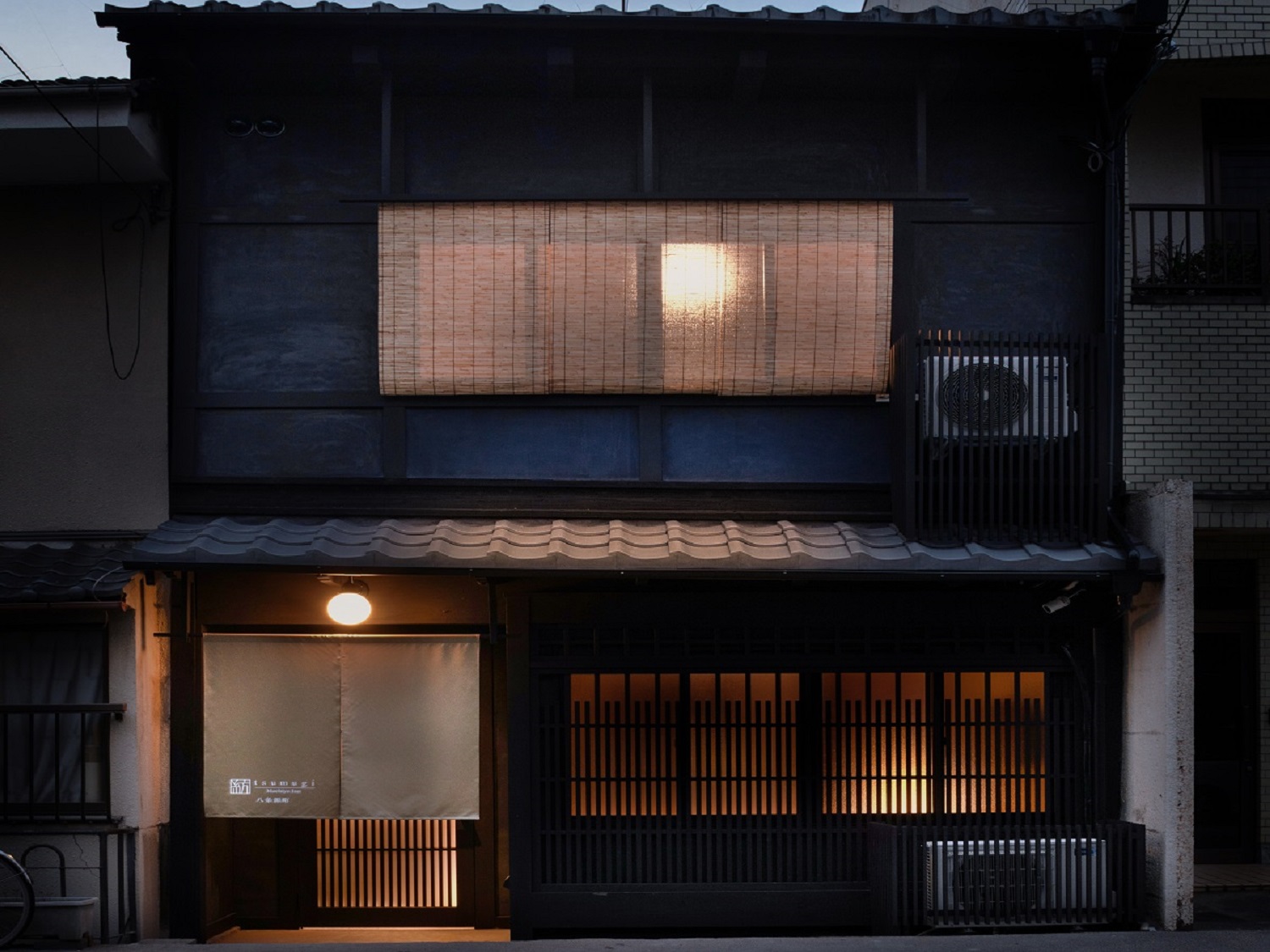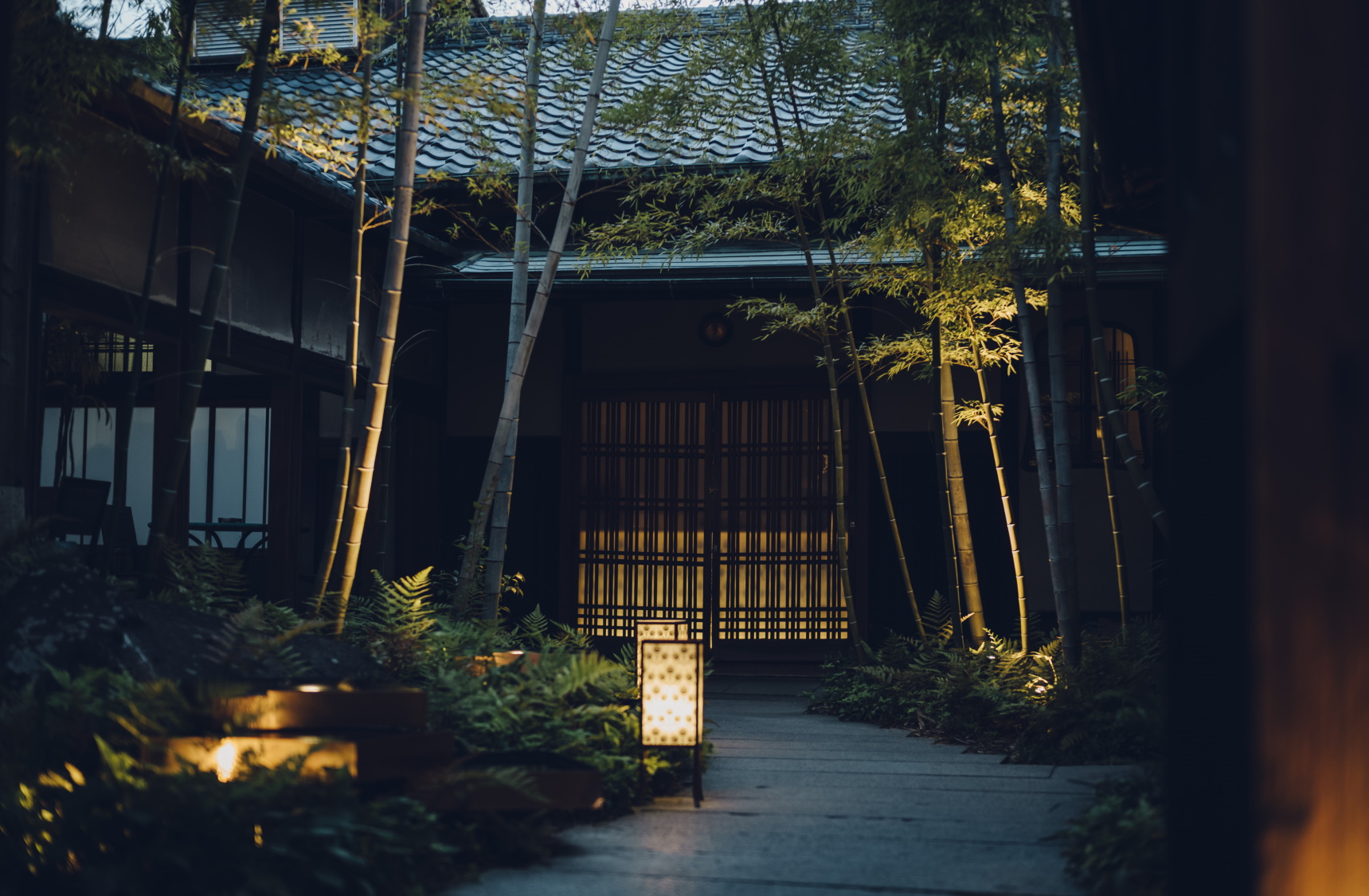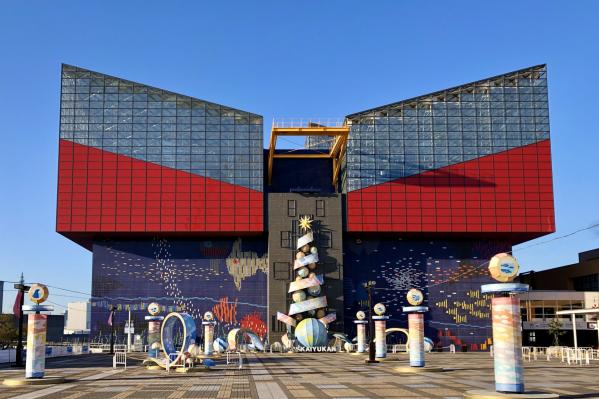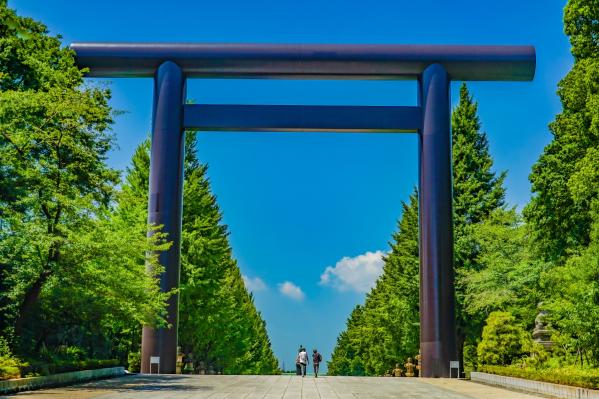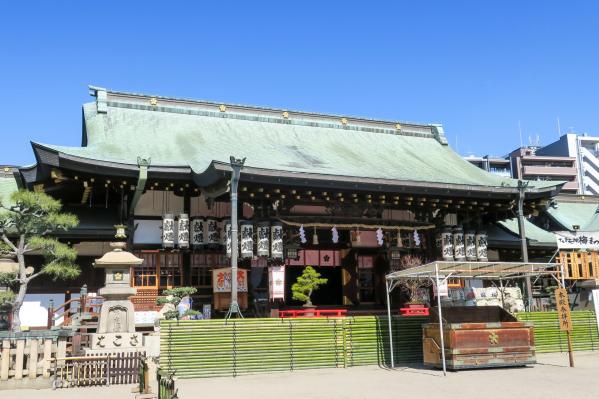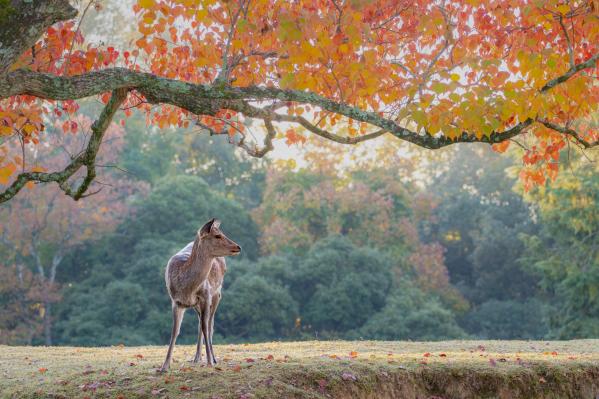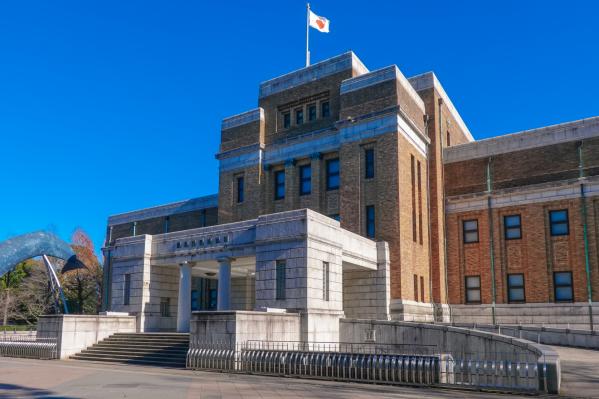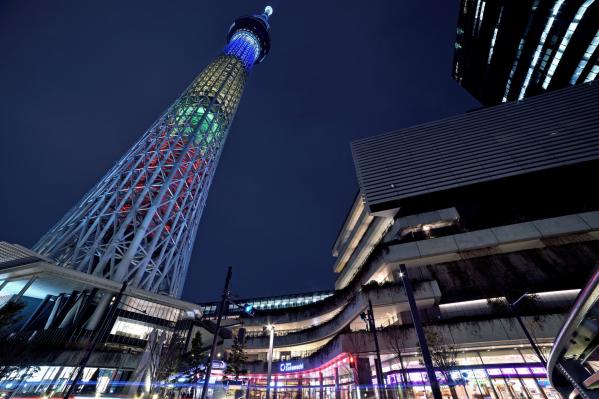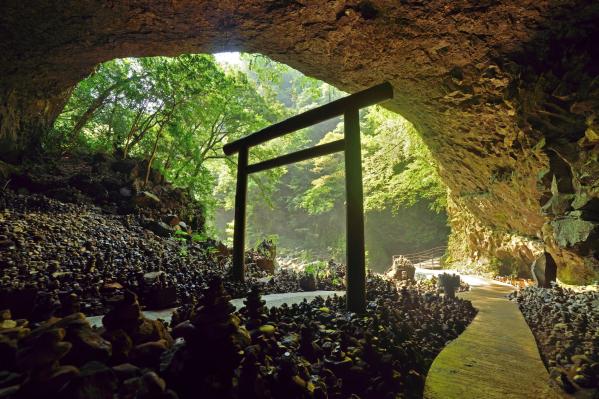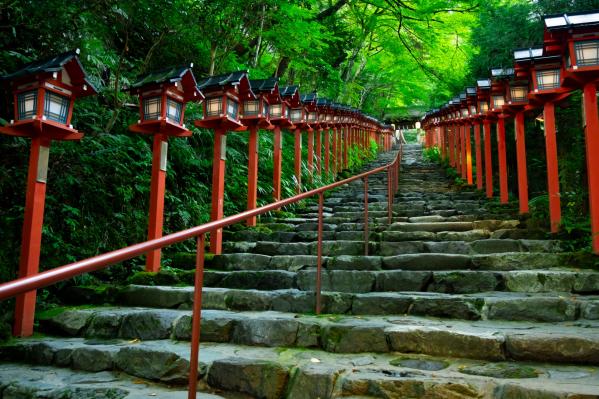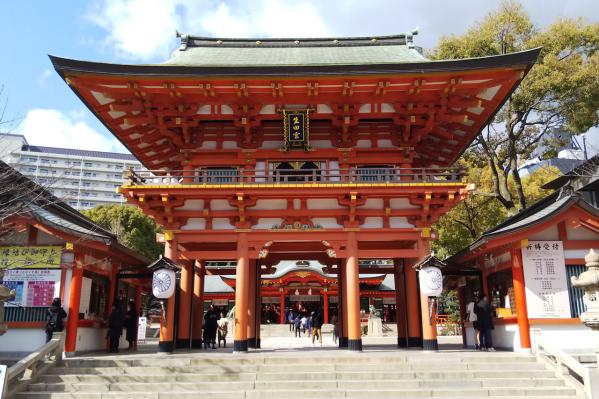Tofuku-ji Temple
Basic Information
- Spot Name
- Tofuku-ji Temple
- Location
- 〒605-0981 778 Honmachi 15-chome, Higashiyama Ward, Kyoto City, Japan
- Access
- Take the JR or Keihan Railway to "Tofukuji" station, then walk for about 10 minutes.
Take the Keihan Railway to "Toba Kaido" station, then walk for about 8 minutes.
Take the city bus to "Tofukuji" stop, then walk for about 10 minutes. - Parking
- Parking available.
- Business Hours
- 9:00 AM to 4:00 PM
- Regular Holiday
- Open every day.
- Fees
- The shrine grounds are free to enter.
Admission fees:
- Tōten Bridge: 600 yen (1,000 yen from mid-November),
- Hōjō: 500 yen,
- Combined ticket for Tōten Bridge and Hōjō: 1,000 yen (excluding mid-November to early December). - Contact Information
- Phone Number:075-561-0087
- Official Website
Map
Detailed Information
Tofuku-ji is the head temple of the Rinzai sect of Zen Buddhism located in Higashiyama, Kyoto. It was established in 1236 (the second year of the Kagen era) when the regent Kujō Michiie vowed to build a temple for his own memorial, inviting the monk Shōichi Kokushi (Enni Ben’en) as its founder. The main hall was completed in 1255 (the seventh year of the Kenchō era), and it is known as one of the prestigious Zen temples among the five mountains of Kyoto.
The grandeur of its temple complex was so great that it was referred to as "the temple complex of Tofuku-ji," but many of its main buildings were lost due to repeated fires and a major fire in 1881 (the 14th year of the Meiji era). Since then, the Buddha hall, Dharma hall, and other structures have been gradually rebuilt.
Tofuku-ji houses the oldest and largest Zen Sanmon gate in Japan, built during the Muromachi period, which is designated as a national treasure. This Sanmon gate is a two-story, irimoya-style building that combines architectural styles of Zen (Tang style), Yamato (Japanese style), and Daibutsu (Great Buddha style), offering a panoramic view of the Kōnan landscape from its upper floor. Inside, it enshrines the statue of Shakyamuni Buddha adorned with a jeweled crown and statues of the Sixteen Arhats, along with vividly colored images of Buddha, including a grand Nirvana painting by Minchō.
Additionally, the Hōjō (the main building) has four karesansui (dry landscape) gardens designed by landscape artist Shigemori Mansai, which were officially designated as "Nationally Designated Scenic Beauty Tofuku-ji Hombō Garden" in 2014. Each garden has its own unique design that reflects the spirit of Zen, such as the powerful stone arrangements in the south garden, the checkered patterns in the west and north gardens, and the design inspired by the Big Dipper in the east garden.
Moreover, there are many important cultural properties remaining that illustrate the lifestyle of Zen monks, including sect halls from the Northern and Southern Dynasties period and bathhouses and toilets from the Muromachi period. Among them, the oldest existing bathhouse and the toilet called Hyakusetchin are valuable examples of practical architecture in Zen temples.
Tofuku-ji is also famous for its stunning autumn foliage, particularly the view of the valley "Sengyokukan" from the "Tsūtenkyō" bridge. The breathtaking contrast of the crimson leaves and the wooden bridge attracts many tourists in the fall.
Furthermore, Tofuku-ji houses over 5,000 cultural properties, including the national treasure "Silk Painting of Enshū Shihan," making it a temple of great cultural significance. The grounds include several buildings designated as important cultural properties, such as Aizen-dō, Kaizan-dō, and Fumon-in, making it a treasure trove of temple architecture and cultural assets.
Tofuku-ji maintains a deep spirituality as a religious facility while harmonizing architecture, gardens, cultural properties, and nature.
Tofuku-ji Temple Movies
Kyoto Tourist Attractions
View ListShimogamo Shrine (Kamo Mioya Shrine)
Shimogamo Shrine (officially known as Kamo Mioya Shrine) is located in the Sakyo Ward of Kyoto City and is registered as a World Heritage site as part of the "Cultur...
To-ji Temple
Toji Temple (official name: Kyo-o Gokokuj), is the only existing structure from the Heian-kyo period and is registered as a UNESCO World Heritage Site. Founded two y...
Sanjusangen-do Temple
Sanjusangendo, officially known as Rengeoin, is a Tendai Buddhist temple located in Kyoto. Rebuilt during the Kamakura period, this temple boasts a main hall that is...
Kyoto National Museum
The Kyoto National Museum was opened in 1897 as the Imperial Kyoto Museum. Located in Kyoto, this museum houses approximately 14,600 artworks and cultural properties...
Yasaka Shrine
Yasaka Shrine, commonly known as "Gion-san," is widely cherished. This shrine is particularly significant as the head shrine of the approximately 2,300 Yasaka Shrine...
Ginkaku-ji (Silver Pavilion)
Ginkaku-ji, officially known as Jishō-ji, is located in the Sakyo Ward of Kyoto City and is affiliated with the Rinzai school of the Shokoku-ji sect. Originally buil...
Kiyomizu-dera Temple
Kiyomizu-dera is a prestigious temple located in the Higashiyama district of Kyoto, boasting a history of over 1,200 years. This temple attracts many tourists from b...
